|
Following last week's very popular Memphis post, we want to share some more very rare images with you, this time of Portland International Airport in 1963.
They were part of the same batch as the Memphis images. This time it concerns all exterior shots. There is relatively little historical material on "PDX" out there from the early days--let alone in full color--with the exception of the obligatory postcard. Even if it's just a few images, they are so unique that we thought it was worth a little standalone post. Now, let's have a look! You can click the images to enlarge.
An exterior view of Portland's terminal building, which opened in 1959. The terminal cost USD 4.25 million and took two years to build.
A view of the airport parking lot taken from the airport control tower. Parking was a breeze in those days!
A ramp view looking toward the terminal building. A Northwest DC-4 is parked at the concourse. Other major operators at PDX were United Airlines, Western Airlines, and West Coast Airlines, the last of which served local feeder routes. I just love those ramp lights!
A view of the northern concourse, which was used by United Airlines. Later on in the 1960s the concourses were fitted with boarding bridges.
We end with this view looking west toward the southern concourse. This concourse was completely rebuilt in 1973.
We hope you enjoyed these vintage images of Portland Airport. There's a LOT more where that came from so make sure you sign up for the newsletter to know when new content goes online!
If you're interested in purchasing large, high-quality versions of some of the images above, then please visit the AirportHistory Digital Library.
Want more stunning airport photos and stories?
Sign up to our newsletter below to know when new content goes online!
0 Comments
Did you know that the AirportHistory.org archive not only contain amazing images, but also airport traffic statistics going back to the earliest years of commercial aviation?
Today, we present you a snapshot of the world's 10 busiest airports 60 years ago in 1961, at the dawn of the Jet Age!
10. New York LaGuardia Airport
In 1961, New York's LaGuardia Airport handled 3.3 million passengers, ranking the city's domestic airport as the tenth busiest airport in the world. In 1961 LaGuardia was still operating from the original 1939 terminal building. The following year, work would begin on phased construction of a new terminal on the same site, which opened in 1964. History is repeating itself today as the 1964 building is being replaced piece by piece by a much larger new terminal In 2019, LaGuardia handled just over 30 million passengers, putting it at 21st place in the United States and 71st in the world.
9. Chicago Midway Airport
Chicago Midway Airport was the world's busiest airport in terms of passenger traffic until 1959, when it handled just over 10 million passengers, a huge number for that time period! However, due to the limited length of the runways, Midway was unsuitable for the first generation of jets, such as the Boeing 707 and DC-8. Thus, in 1960 the transfer of traffic to the newly expanded Chicago O'Hare began and traffic at Midway started to decline. That year, the airport handled 6.9 million passengers. In 1961, traffic at Midway reduced to 3.6 million passengers, which still lands it a place in the top 10 of that year. After laying empty for a number of years, traffic at Midway slowly recovered, and in 2019, the airport handled 20.8 million passengers, ranking it 28th busiest in the United States and 127th in the world.
8. Atlanta Municipal Airport
In 1961, Atlanta Municipal Airport handled 3.8 million passengers, ranking it the eighth busiest in the world. In May of that year, Atlanta opened its new Jet-Age terminal, allowing the airport to fully leverage its favorable geographic location and develop into one of country's primary connecting hubs. In the following decades Atlanta, now called Hartsfield-Jackson International Airport, would steadily climb up the ranks. In 1998, it became the world's busiest airport in terms of passenger numbers, a position it has held until today. In 2019, Atlanta Hartsfield-Jackson Airport handled a whopping 110 million passengers. Read about the evolving design of Atlanta's midfield terminal complex.
7. Miami International Airport
Miami International Airport has traditionally functioned as the US gateway to Latin America. In 1961, Miami handled 4.1 million passengers making it the seventh busiest airport in the world at the time. Miami's new terminal was only two years old in 1961 and was expanded that year with the addition of a sixth concourse (today's Concourse H)." In 2019, Miami handled 45.9 million passengers, ranking it 16th in the US and 45th busiest in the world.
6. Washington National Airport
In 1961, Washington National Airport handled 4.7 million passengers making it the sixth busiest airport in the world. Due to its constrained location National was not able to expand. In 1962 Washington Dulles Airport was opened to accommodate the city's long-term needs. Through the years National, now called Ronald Reagan Washington National Airport, dropped in the rankings. In 2019, the airport handled 24.8 million passengers, ranking it 26th in the United States and 117th in the world.
Want more stunning airport photos & stories?
Sign up to our newsletter below to know when new content goes online!
5. San Francisco International Airport
In 1961, San Francisco International Airport handled 5.2 million passengers making it the fifth busiest airport in the world that year. San Francisco's runway layout is not conducive to hub-and-spoke operations and in the 1980s "SFO" dropped out of the world's top ten. However, due to the tech boom in the 1990s, San Francisco again entered the top ten even becoming sixth busiest in the world. In 2019, the airport handled 57.5 million passengers, ranking it seventh busiest in the US and 23rd busiest in the world.
4. London Airport (Heathrow)
London Airport, as Heathrow was called back then, handled 6.3 million passengers in 1961 making it the fourth busiest in the world and the only airport outside the United States to make the top 10! In 2019, Heathrow handled over 80 million passengers, ranking it seventh busiest in the world. Read about Heathrow's early runway layout here.
3. Los Angeles International Airport
In 1961 Los Angeles International Airport opened its massive new Jet-Age terminal complex. That year, "LAX" handled 7 million passengers, ranking it third busiest in the world. In 2019, it handled just over 88 million passengers, again ranking it third busiest in the world after Atlanta Hartsfield-Jackson and Beijing Capital Airport, and second busiest in the United States behind Atlanta Hartsfield-Jackson International Airport. Explore the LAX 1960s Jet-Age terminal here.
2. Chicago O'Hare International Airport
In 1961, Chicago O'Hare Airport handled 9.6 million passengers, ranking it second busiest in the nation. In 1962, the transfer of traffic from Midway to the expanded O'Hare was completed. That year O'Hare became the busiest airport in the world, a title the airport would retain until it was overtaken by Atlanta in 1998. In 2019, the airport handled 84.7 million passengers ranking it sixth busiest in the world and third busiest in the United States, behind Atlanta and Los Angeles.
1. New York International Airport (Idlewild)
Due to the transfer of traffic between Chicago Midway and O'Hare, New York's Idlewild Airport, now John F. Kennedy Airport, temporarily became the busiest airport in the world in both 1960 and 1961. In 1961, Idlewild processed 10.2 million passengers. In 2019, Kennedy Airport handled 62.6 million passengers ranking it sixth busiest in the nation and 20th busiest airport in the world. Read more about the fascinating history of John F. Kennedy Airport starting here.
The results are summarized below.
BONUS: See expanded top 30 list here
The expanded top 30 list contains some very interesting surprises. For example, did you know both Pittsburgh and Cleveland were among the top 20 of busiest airports in 1961? What are your observations? Let us know in the comments below!
More airport articles: Click here
Download high-quality vintage airport photos from this article for your collection!
ACKNOWLEDGEMENTS
I want to give a big thank you to Justin Lee, aviation historian Shea Oakley and Geoff Scripture of the Terminal Museum in Houston, who assisted me with the research for this article.
A FEW NOTES ON METHODOLOGY
It needs to be stated that in the 1960s there was not yet a standardized methodology among airports and airport authorities for keeping statistics. Data from different sources often have different numbers and sometimes transit traffic is included or not. Where possible, we relied on data directly supplied by the airports. As we have at least two sources for all numbers, we are confident the above presents a reliable picture. Data for airports in the former USSR for 1961 is unavailable. Statistics for Chinese airports were not kept at the time.
Aircraft taxiway bridges and runway bridges are designed to carry taxiways and runways over major roads, railways and even waterways.
They are ubiquitous nowadays but in the 20th century they were a rarity only to be found at a handful of major airports. Designed to carry the heaviest aircraft of the day, as well as those of the future, they were--and still are--amazing feats of engineering. Let's have a look at some great images of early aircraft bridges around the world!
1. New York's "Idlewild" Airport (later Kennedy Airport)
A Pan American Boeing Stratocruiser taxies on the aircraft bridge over the Van Wyck Expressway at New York's Idlewild Airport--later Kennedy Airport--in 1950.
Completed the year prior, the bridge was the first aircraft bridge in the world. Read more about the early years of Idlewild/Kennedy Airport. Or see an overview of all JFK Airport articles.
2. Los Angeles International Airport (LAX)
A 1953 view of the newly-completed Sepulveda Boulevard Tunnel, which runs underneath the southern parallel runways of LAX. The tunnel was the first in the United States to run under an airport runway.
For more vintage LAX, have a look at our LAX 1960s photo special.
3. Heathrow Airport
Also completed in 1953 was the road tunnel underneath London Heathrow Airport's runway 09L/27R, which provided access to the newly-built Central Terminal Area.
This view looks south towards the northern tunnel entrance. The four-lane tunnel included two separate lanes for bicycles and pedestrians. Only in Europe! London Heathrow's Central Terminal Area became operational in April 1955. Read about Heathrow's original runway layout.
4. Paris Orly Airport
A view of the motorway passing underneath Paris Orly Airport, taken ca. 1960. Not to be outdone by the Brits or the Americans, the Orly tunnel not only passed underneath the runway but also the main apron and the terminal building.
In 1966, construction started on a major motorway tunnel underneath the runway of the new Paris de Gaulle Airport. Read more about the design and construction of "CDG".
5. Denver Stapleton Airport
In 1962, Denver Stapleton Airport became the first US airport with an aircraft bridge over a major Interstate Highway (I-70). The bridge carried Stapleton's runway 17/35 (later 17R/35L).
6. Toronto Pearson Airport
Toronto Pearson's circular "Aeroquay 1" (1964) was built as an island in the middle of the apron to optimize aircraft circulation. Passengers reached the terminal via a tunnel underneath the apron.
Read more about Pearson and the early plan to replace the Aeroquay.
7. Chicago O'Hare Airport
In 1966, Chicago O'Hare Airport--then the busiest airport in the world--got its first aircraft bridge.
Crossing the Kennedy Expressway connecting O'Hare with downtown Chicago, the bridge provided a direct connection between the terminal area and the thresholds of runways 27 and 32R.
8. Amsterdam Schiphol Airport
A KLM 747-206B is taxiing over the Amsterdam-The Hague-Rotterdam Motorway on her way to runway 01L/19R (now 18C/36C), in the summer of 1972.
The bridge was completed in 1967. A bit further to the north is an aircraft tunnel that carries Schiphol's runway 09/27. If you look carefully you can see the tunnel entrance in the image. See more great vintage images of KLM 747s at Schiphol. Ever wondered about the Schiphol's runway in the middle of nowhere? Read all about it.
9. Sydney Airport
The tunnel underneath Sydney Mascot's runway 16/34 (now 16R/34L) was built to accommodate the runway's extension into Botany Bay. Opened in 1967, it was the first aircraft bridge outside Europe and North America.
10. Dallas/Fort Worth Airport
"Everything is bigger in Texas," as the saying goes. When the massive Dallas/Fort Worth Airport opened in 1974, it boasted four taxiway bridges. The bridges cross International Parkway, the access road that bisects the airport.
Read about a never-built plan to demolish DFW's semi-circular terminals, replacing them with mile-long linear concourses.
BONUS: Singapore Changi Airport
Singapore Changi Airport opened in 1981. It boasted an aircraft bridge over the airport approach road, making it the third aircraft bridge in the Asia-Pacific region after Sydney, and Taipei.
The fourth one would be opened the year after, when the long-delayed Kai Tak Tunnel opened underneath Hong Kong Kai Tak Airport's apron and runway.
BONUS: Another photo from Denver Stapleton
For our last photo, we revisit Denver Stapleton's I-70 bridge a few decades later, ca. 1990, carrying a majestic United Airlines 747.
We hope you enjoyed our little tour of early aircraft bridges! Do you know any other great early aircraft bridges? Let us know in the comments below.
More airport articles: see here
Want more stunning airport photos & stories?
Sign up to our newsletter below to know when new content goes online!
On September 21st, it will have been 40 years ago that Atlanta's Midfield Terminal Complex opened for traffic.
Its characteristic layout of long concourses, perpendicular to the runway and connected by an underground people mover system, ensured a highly efficient movement of both passengers and aircraft. For the decades that followed, Atlanta would become the gold standard for the design of hub airports. However, did you know that the design evolved from a plan that was very similar to the original plan for Dallas/Fort Worth Airport? It's only due to project delays that we got the the "ATL" we know today. Read all about it below!
THE NEED FOR A NEW TERMINAL
Atlanta's previous terminal was completed in 1961. It was originally designed for 13.5 million passengers, a level that was already reached in the mid-1960s. In 1967 the city decided it was time to build a new terminal and modify the existing one. In November 1967 a consortium of architects commenced the difficult task of designing the world's largest air passenger terminal building. Everyone--the airlines, the two participating joint venture planning firms and even airline pilots--submitted ideas for the terminal design. The architects compiled sixty concepts into a briefing book. Those were narrowed down to ten for a more detailed study. INSPIRATION FROM TEXAS In the late 1960s the primary consideration in airport design was passenger convenience in the form of short walking distances between parking facilities and aircraft gates. In December 1967, the master plan for the newly planned Dallas/Fort Worth Regional Airport was published. Prepared by Walther Prokosch, who also designed the original Pan Am terminal and the Worldport expansion, the plan proposed the concept of 20 self-contained terminals along a connecting roadway. 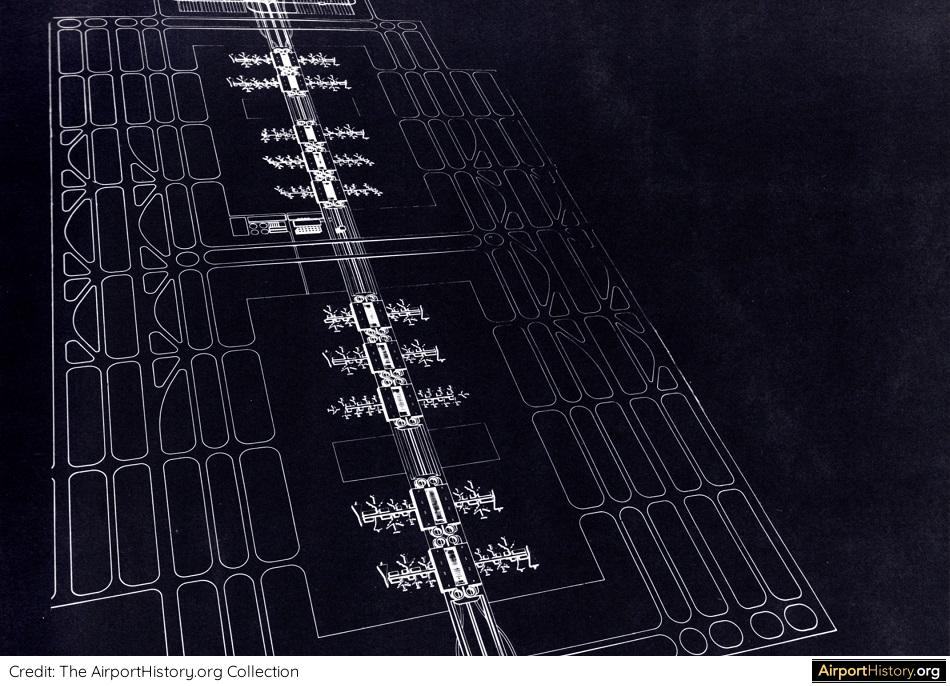
An artist's impression of the original master plan for the new Dallas/Fort Worth Regional Airport. In a way, the plan can be seen as an optimized version of New York Kennedy's Terminal City but also LAX, with each airline operating its own facilities. Later on, the terminals were changed to a semi-circular shape.
Airlines praised the model. They loved the idea of operating their own airport facilities and the small airport convenience the "mini-terminals" brought.
Thus, the Atlanta architects developed their own version of the DFW plan. They conceived the midfield complex as a series of sixteen terminal units along structural, double-decked roadways of Interstate 85 on the west. The roadways met on the east side and continued at ground level to Interstate 75. Each terminal was self-contained with aircraft gates, ticketing and baggage facilities. The 600-foot (183-meter) central strip was dedicated to roadways and parking garages. A people mover system ran through the upper level of each terminal, parallel to the roadways. Other features included a hotel and an automated sorting system for mail and baggage.
SLIPPING TIMELINE: A BLESSING IN DISGUISE
Initially the completion date for the new midfield expansion was 1972. However, the timetable slipped by years due to airline politics, economic downturns, financing issues as well as discussions about a second airport. This had a major advantage: there was ample time to adjust and fine-tune the design for the midfield complex. By 1971 the original design was still more or less intact. However, the central area had been reduced from 600 to 200 feet and the people mover was no longer elevated. The layout was very much tailored to Atlanta's "O&D" (origin and destination) passengers. However, at the time 70% of passengers changed flights at the airport. With the proposed design, most transfer passengers would have to change terminals in order to catch their onward flight. Even cities that had large volumes of connecting passengers had never specifically addressed this situation: they had merely adapted standard airport designs. Therefore, no precedent existed from which Atlanta's planners could draw.
A BREAKTHROUGH
In a conceptual breakthrough in 1973, the complex had been split into two distinct sections, airside terminals with aircraft parking gates and landside terminals for ticketing and baggage. Roadways and parking were moved away from the aircraft gates and concentrated around the landside facilities, making the roadway system much simpler, while still creating curb space for hundreds of cars per hour. Although the separation was not considered particularly significant at the time, it marked the point at which the airport veered away from its "drive to the plane" stance and began to deal with the particular requirements of a transfer airport. Originating and terminating passengers would shuttle between the terminals and six airside concourses on a sunken but exposed people mover system, the sole means of transportation within the complex. As ticketing and baggage facilities no longer had to be provided in each airside terminal, more aircraft gates could be added. The elimination of roadways and parking freed additional space.
LAST BUT NOT LEAST
Another major change was to come in the winter of 1975. Due to an ice storm at Dallas/Fort Worth International Airport, the Airtrans people mover system, the ground level people mover that had been a model for Atlanta's planning, became paralyzed. The designers realized that Atlanta's system would be vulnerable under similar conditions. It was a risk that airlines would not accept. Thus, during an intense brainstorming session Delta's facility department recommended covering the "ditch" that contained the people mover system, thereby protecting it from the elements. Putting the people mover underground also removed the barrier between the north and south runway systems and eliminated the need for costly taxiway bridges. Also, the taxiways that in earlier layouts had separated the landside and airside terminals could be eliminated. Next the Delta team recommended that two parallel terminals replace the three landside linear landside buildings. This move, coupled with the removal of the taxiways, allowed the half-concourse to become a full concourse, adding twelve gates.
THE FINAL STEP IN CREATING THE "ATL" WE KNOW TODAY
A final critical step was to divide the people mover tunnel into two chambers and separate them to allow for a pedestrian mall in between. Lastly, the planners re-positioned the terminals from a north-south to an east-west alignment and placed them back to back. The number of concourses was reduced to four domestic concourses boasting 26 gates each, with space to build a fifth concourse. An international concourse was added adjacent to the north terminal.
On April 18th, 1977, the contracts for construction of the terminal building and the people mover were awarded and construction could begin, almost ten years after the start of the design process. All good things take time!
For this blog the fantastic 1989 book "A Dream Takes Flight" by Betsy Braden & Paul Hagan was a huge inspiration. I highly recommend this book to anyone who wants to know more about the history of Atlanta Airport pre-1990.
We hope you enjoyed this little piece of history on the development of Atlanta's Midfield Terminal. In the future we are also planning a full multi-part history on the development of Atlanta Hartsfield-Jackson Airport. Sign up below to know when new content is released!
More airport articles: Click here
Want more stunning airport photos & stories?
Sign up to our newsletter below to know when new content goes online!
ACKNOWLEDGEMENTS
I want to give a special thanks to Marie Force of the Delta Flight Museum for her assistance in preparing this article.
Back in the late 1990s, Frankfurt Airport considered re-configuring its runway system to an Atlanta-style layout with four parallel runways. Read the story behind this plan below!
BACK IN TIME: THE NEED FOR A NEW RUNWAY
The idea of building an additional fourth runway for Frankfurt Airport was first proposed in 1997 by Lufthansa's then-CEO Jürgen Weber. The year prior, Frankfurt had handled over 38 million passengers and 386,000 aircraft movements. The runway layout allowed for 80 movements per hour, translating into about 420,000 annual movements. Thus, the capacity ceiling was in sight. With nearby competitors Amsterdam Schiphol and Paris de Gaulle adding new runways and planning to increase their hourly capacity to a 120 aircraft movements, something needed to be done. A proposed new runway would allow the number of hourly takeoffs and landings to grow by 50% to 120 per hour, translating into over 660,000 annual movements and doubling the number of annual passengers to over 72 million by 2015. Frankfurt's last new runway, the north-south runway named "Startbahn West" (West Runway) had opened in 1984 and became the focus of intense protests by environmentalists, which even lasted three years after the runway had opened.
COMMUNITY INVOLVEMENT
With this experience still in mind, the airport decided to closely involve residents of the surrounding communities in the planning process. A pact was made stipulating that the new runway could only be built if it was supported by the majority of nearby residents. Fourteen different variations for increasing runway capacity were studied. The main options involved building a new runway northwest, northeast or south of the airport. Other options were to optimize the current runway system by using new procedures and technologies or by realigning the runway system. Yet another option saw part of traffic being transferred to nearby Erbenheim Airport, a general aviation airport located 9 miles (15 km) west of Frankfurt Airport. The remaining options were different combinations of the above options. THE ATLANTA MODEL The most ambitious option involved building two new east-west oriented runways south of the existing airport, providing the airport with four parallel runways and allowing both simultaneous parallel takeoffs and landings. Under this option, the north-south runway would be closed. The layout was appropriately named the "Atlanta Model". Depending on the mix of aircraft, this layout would allow up to a 150 aircraft movements an hour, as opposed to 120 with most other expansion options. Unsurprisingly, this was the option backed by the home carrier Lufthansa, which operates a global hub out of Frankfurt.
Although never explicitly stated at the time, the Atlanta Model would also have the additional benefit of enabling the airport to do a bit of "land grab", by creating a huge new midfield area, similar to what Schiphol did with the addition of the infamous Polderbaan.
The midfield area--nowadays largely developed with cargo and maintenance facilities--could eventually have been used to develop a large new passenger terminal complex for Lufthansa and its partner carriers.
POLITICAL REALITY
The Atlanta Model was not without its issues. Until the majority of traffic would move to a future midfield terminal, taxiing times to/from the existing terminals would be long and aircraft would have to cross the existing parallel runways, raising the risk of runway incursions. Also, part of the then new Cargo-Sud (Cargo-South) complex would have to be torn down. From a community point of view, the problem with the the Atlanta Model was that it would almost double the airport in size and 600 hectares (1500 acres) of city forest would need be to cut. Also, the number of people affected by aircraft noise would increase by almost half a million. This made the Atlanta Model politically unattainable, and thus, it disappeared off the table. A COMPROMISE Three options remained: the construction of a single new runway north-east, north-west or south of the airport. The conclusion was that a runway north-west of the airport site would have the least impact on local residents and the surrounding environment. The runway's location--north-east of the existing airport and squeezed against the autobahn A3--was quite ingenious in that the layout is extremely compact, thereby barely increasing the airport's footprint. Only a relatively small amount of trees would need to be cut down to build the runway. Also, the amount of additional people affected by noise would be limited to about 225,000.
LANDINGS ONLY
As part of the concessions to get the buy-in from local communities, the runway would be used exclusively for landings, and only aircraft types up to the size of an Airbus A340 would be allowed to use the runway. In December 2007, the plans were approved by the Hessian government (Hesse is the state where Frankfurt is situated) and construction on the runway started in early 2009. In October 2012, after 15 years of discussion, planning and construction, Frankfurt opened the fourth runway, providing the airport with a total of three east-west parallel runways and one north-south runway.
The things that could have been if they had gone with the "Atlanta Model"! What do you think? Let us know your thoughts in the comments below!
Want more stunning airport photos & stories?
Sign up to our newsletter below to know when new content goes online! ACKNOWLEDGEMENTS I want to give a special thanks to Markus Grossbach and Annette Schmidt of the Fraport Archive for their help in preparing this article. Fans of the classic disaster movie "Airport" (1970) know that the movie was shot at Minneapolis-Saint Paul International Airport. But did you know the Master Plan for the expansion of "Lincoln International Airport", a fictional Chicago airport, was based on that of Houston Intercontinental Airport? Read all about it below! THE MEADOWOOD CONTROVERSY Frequent readers of this site know I am a huge fan of the classic airplane disaster movie "Airport". The name of this blog honors this great movie. One of my favorite scenes in the film is when the airport manager, Mel Bakersfeld, argues with Commissioner Ackerman over closing down the airport to reduce noise over "Meadowood". Meadowood is a wealthy suburb which is suffering under the noise produced by aircraft using the airport's only available runway that night, Runway 22. In the scene, Bakersfeld, played by the legendary Burt Lancaster, makes the case for a modern and expanded airport, where Meadowood would be re-zoned for industrial use. Here's the scene, with credit to Universal Pictures. Question to self: why do I suddenly feel like a smoke? AN ALTERNATE TAKE ON THE HOUSTON AIRPORT MASTER PLAN? As a kid back in the early 1980s, I used to pause the VHS tape at this very scene and copy the Master Plan layout on drawing paper. Later on, as I became familiar with airport layouts around around the world, I realized that the runway layout was very similar to that of Houston Intercontinental Airport. Houston opened in 1969, the year "Airport" was filmed. Have a look at the screenshot below, specifically the layout map mounted on the wall. Now, compare that to Houston's 1971 Master Plan in the image below. Full disclosure: I did a bit of improvising here. In the 1971 Master Plan of IAH, the left cross runway (15R/33L) is actually indicated as a taxiway. THE TERMINAL For the passenger terminal, the Lincoln plan depicted an octagon-shaped building consisting of passenger terminals and multi-level parking structures. The airport administration building and tower were located at the heart of the complex. The fictitious terminal boasted two large piers on opposite sides of the main building, with mini piers or fingers protruding out from the main concourse. The plan also featured four circular satellite buildings. Although the plan had "Hollywood sexy" written all over it, I remember thinking even back then how challenging it would be to process all the vehicular traffic. Also, the complex had zero possibilities to expand or to be adjusted. Having said that, it certainly wasn't the worst airport plan produced in the 1960s! Like the Lincoln scheme, Houston Intercontinental's real terminal complex was and is aligned in an east-west direction, but that's where the comparison stops. The real Houston had two terminal buildings, with each building having four satellite concourses attached to it, and with room for two more terminals in the Master Plan (see below). And similar to other major airports of the era, Houston featured a spine road connecting the terminals. However, the original 1962 Houston Master Plan did have a centralized terminal which strongly resembles that of Lincoln. Take a look below! It's very likely that there have been several iterations of the Houston Intercontinental Airport Master Plan between the 1962 version and the final version, including a version which might be much closer to the plan depicted in the movie. Together with the crew of Houston's 1940 Air Terminal Museum, we're trying to get to the heart of the matter! We'll keep you posted on our progress. Did we convince you? Did you see any other similarities that we didn't discuss? Let us know your thoughts in the comments below! If you haven't seen "Airport", please go buy the DVD here. I want to extend a special thank you to Geoff Scripture and Michael Bludworth of the 1940 Air Terminal Museum in Houston for their help in preparing this article. As soon as the world returns to normal, go visit this great museum! Want more stunning airport photos & stories?
Sign up to our newsletter below to know when new content goes online! ,Following the recent 62nd anniversary of the modernized and expanded London Gatwick Airport, we went digging in our extensive AirportHistory archives. From this, we found a batch of very rare color images of the airport taken shortly after opening of the newly-built terminal. Have a good look and enjoy! A (VERY) SHORT HISTORY Initially known as the Surrey Aero Club, Gatwick had existed since 1930. Four years later, Gatwick, located 30 miles (48 kilometers) south of Central London, became the reliever airport for Croydon Airport, then the main airport for London. Two years later, in 1936, the trendsetting "Beehive" terminal was dedicated. Among others, the Beehive featured predecessors of the modern boarding bridge. In July 1952, it was decided to modernize and expand Gatwick. The airport was to serve as a reliever airport for Heathrow--then still called London Airport--focusing on flights to the Channel Islands and Mediterranean holiday destinations. The Stage 1 scheme involved the erection of a box-like terminal building and pier, the construction of a new railway station to serve the airport, and a 7,000-foot (2,134-meter) single runway with associated high-speed taxiways, parking areas and aprons. On June 9th, 1958, the expanded London Gatwick Airport was dedicated by the Queen. Having cost GBP 7.8 million, Gatwick became the first airport in the world with an integrated railway station. Now, without further ado, let's have a look at the images! 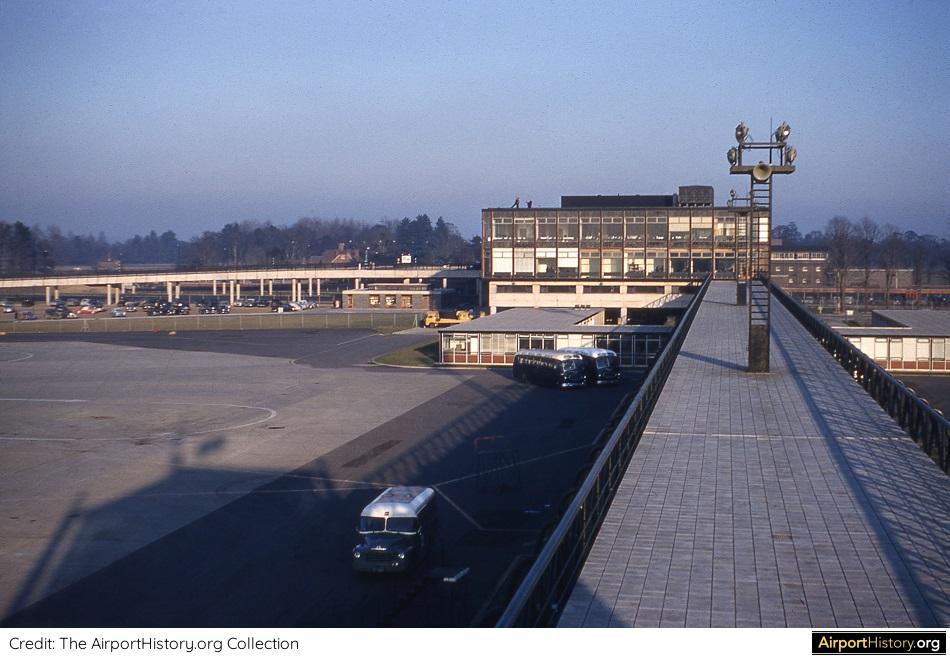 An image taken from the airfield operations control room, looking east toward the terminal building. The terminal, designed by Yorke, Rosenberg & Mardall, boasted three levels and was designed with expansion in mind. These gentlemen certainly were no Eero Saarinen (designer of Washington Dulles Airport and the TWA Flight Center in New York)! Then again, this building is still part of the current complex today. As I often say, the boxes last longest! 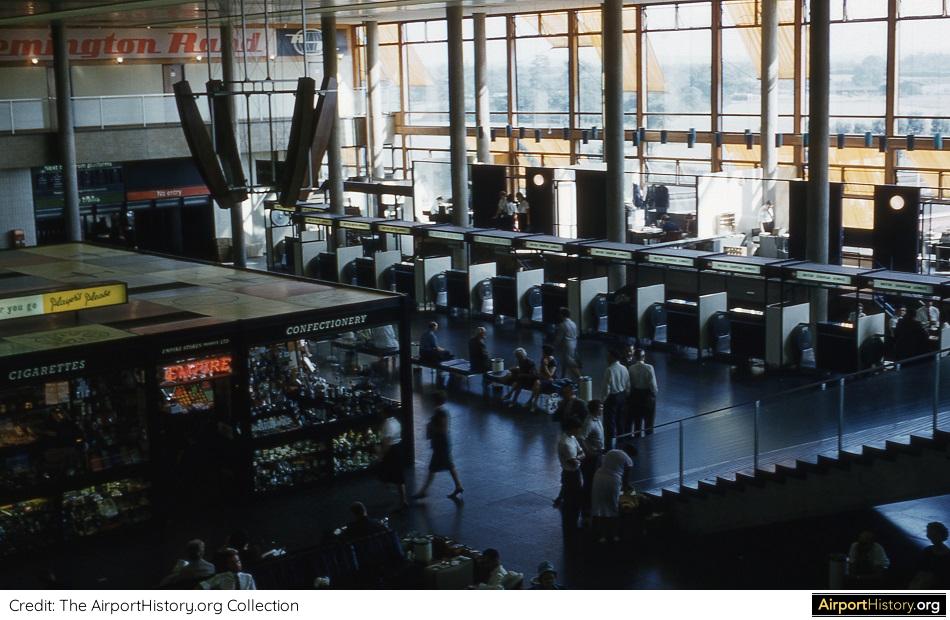 A 1958 interior view of the concourse level of the terminal, taken from the mezzanine level. The Stage 1 terminal measured 350 by 130 feet (107 x 40 meter) and contained two rows of check-in desks, the other row being located to the left of the image behind the shops. Airline offices were located behind the check-in desks. The advertisement in the back at the mezzanine level reads "Remington Rand", an American company that made office equipment, including typewriters. 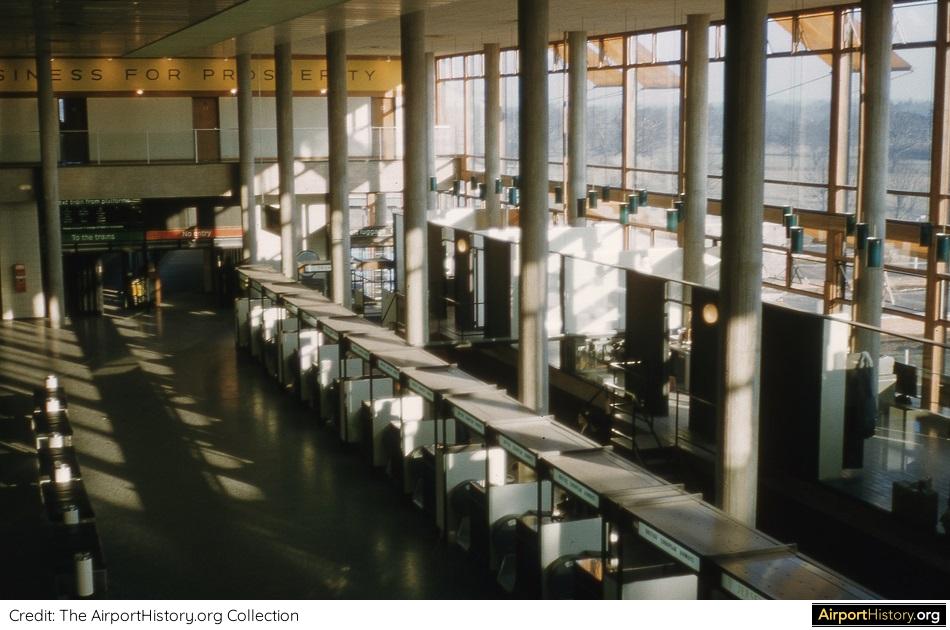 Another view looking east toward the exit toward the train station, which was connected to the eastern end of the terminal. A small curbside was located to the north of the terminal, or toward the left in this picture. I assume "Business for Prosperity" was a typical post-war reconstruction slogan but could not find a reference to it on the web. 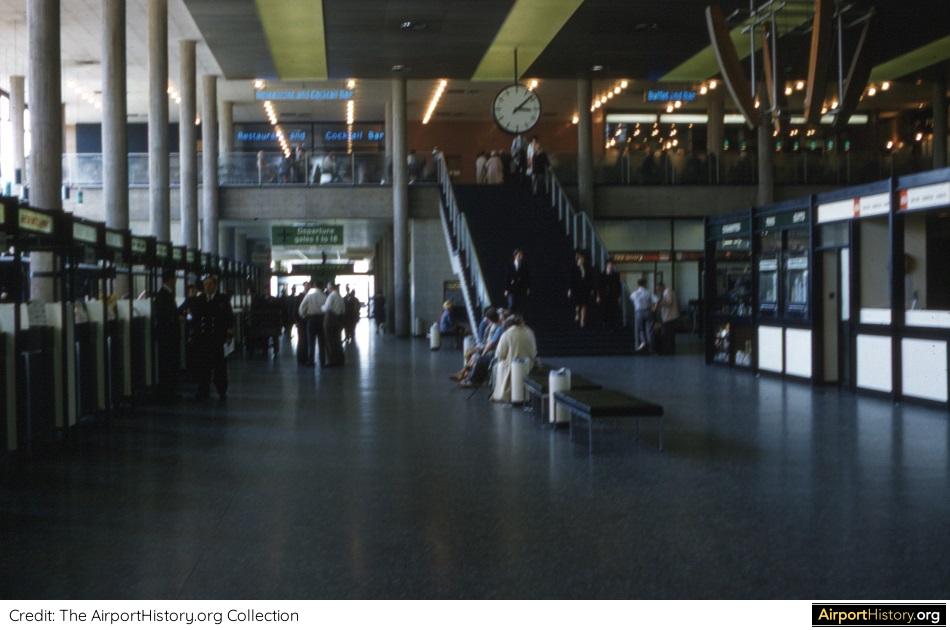 Unfortunately the quality of this image is not optimal but it's too interesting to exclude. This view looks east toward the pier. Check in desks are located to the left and right. The green sign at the end reads "departure gates 1 to 18". The mezzanine level contained bars and restaurants. The blue signs read "restaurant and cocktail bar" and "buffet and bar". 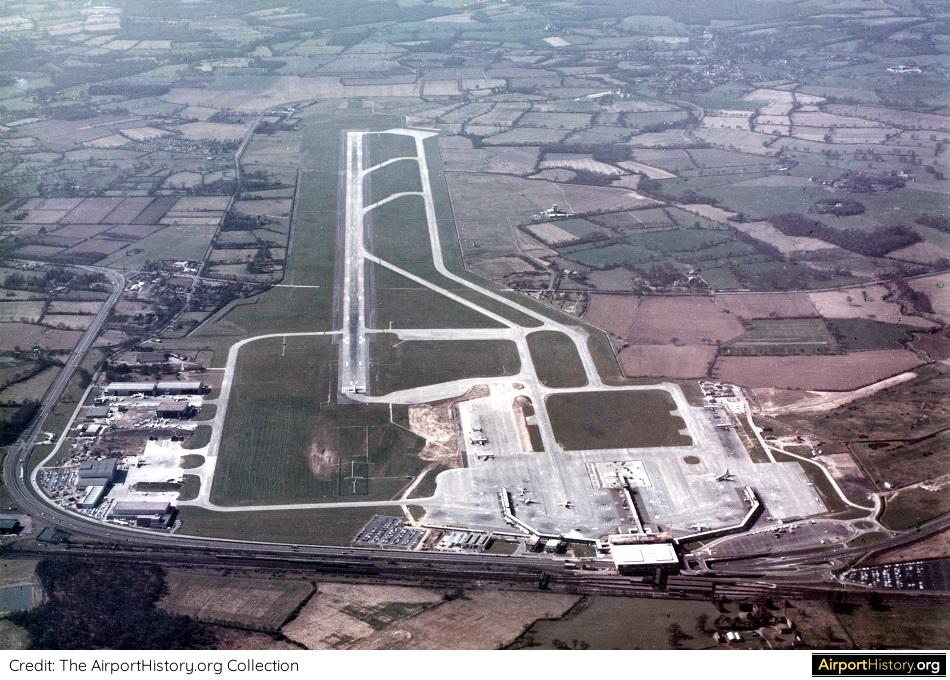 This image is actually not from 1958. This aerial view was taken some time after completion of the airport's expansion in 1965, which included the doubling of the terminal, the construction of two more piers and extension of the runway to 8,200 feet (2,500 meters), making it suitable for jets. Color aerials from this period are very rare, which is why I wanted to include it. We hope you enjoyed these photos. Do you remember visiting 1950s and 1960s Gatwick? Leave a comment below!
In the future, we'll be posting a full history on Gatwick Airport as well as more themed photo specials. Want to explore more airport history? Sign up for our newsletter here or follow us on social media!
After almost 40 years of operation, the TWA Flight Center was closed in October 2001, just before TWA itself ceased to exist (the airline was absorbed into American Airlines).
Thankfully, the TWA Flight Center had been able to acquire landmark status and escape the wrecking ball, contrary to other illustrious JFK terminals such as the Pan Am Worldport and the Sundrome, A new Terminal 5, operated by JetBlue, opened on October 22, 2008. The entry hall of the newer Gensler designed terminal wraps around the former terminal in a crescent shape. Although the old satellite buildings, called "Flight Wing One" and "Flight Wing Two", were demolished, the original tube connectors leading passengers from the terminal building, called the "head house", were retained. After standing empty for nearly two decades, the TWA Flight Center found a new life. In May 2019, the TWA Hotel opened to the public. Although commercially the hotel has had a bumpy take-off, it has become a place of pilgrimage for aviation geeks from around the world. However, did you know that back in 1990 a plan was developed to expand the TWA Flight Center? If built, the terminal might still have been with us today as a working terminal, instead of a hotel. A 1990 PLAN FOR A REVAMPED TWA FLIGHT CENTER By the 1980s, the deficiencies of the TWA Flight Center had become very apparent. The terminal had too little of everything: gates, check-in space, baggage handling facilities, curb space, etc. In 1990, Trans World Airlines--at the time still in a relatively healthy state--commissioned Perkins and Will to work on a redevelopment project for its whole JFK complex, which by then included the former National terminal, a.k.a. the Sundrome.
NEW FLIGHT WING TWO
The most radical feature of the proposed scheme was a complete replacement of the original Flight Wing Two satellite building. It would be replaced by a "Y"-shaped 20-gate concourse, with most stands being able to accommodate wide-body aircraft. Having been opened in 1970, Flight Wing One, was still a relatively young structure at the time, and thus was maintained with an extension being added. A new Federal Inspection Services (FIS) facility, "meeters and greeters" hall and arrival roadway would be built in a curved shape around the iconic TWA head house. These were all planned to be depressed below the apron level to preserve the openness and views to the airfield from the head house. Wow!
FLIGHT CENTER BECOMES CHECK-IN FACILITY
The head house itself would be used for check-in. One of the adjoining wings would have been expanded to accommodate more check-in desks for international flights. The famous concrete connector tubes leading from the head house to the flight wings would have been replaced with glassed-in tubes equipped with escalators. Interestingly, in the original design for the Flight Center, the tubes featured escalators and a glass roof. However, the design was simplified in an attempt to contain the cost of the project. CONNECTION BETWEEN TERMINALS The then-existing corridor between the Flight Center and the Sundrome would be replaced with a large connecting structure, containing baggage transfer facilities and an expanded domestic baggage claim area. In between the terminal was a people mover station. The tracks would lead to a newly-built central terminal building, which was part of the shelved JFK 2000 Master Plan (which will be discussed in a later article). See more from the models and renditions of the plan below.
PUBLIC RESPONSE
The plan aroused great public concern and a campaign was launched to protect the Flight Center, which culminated in the Landmarks Preservation Commission granting landmark status for the exterior and some of the interiors on July 19, 1994. In addition, the protection status included Flight Wing Two in its entirety. In the end, the redevelopment did not go ahead as TWA reduced the scale of its operations and retrenched back to the Saarinen building. The rest, as they say, is airport history!
MY TAKE
Even after 30 years, the proposed design for the expansion of the TWA Flight Center still looks pretty nice! It also seemed to be an effective solution as well, providing a huge expansion, while still being very respectful toward the original Flight Center head house--even putting the arrival facilities below grade just to maintain a nice ramp view from the lounge! I was not able to locate any budget estimates but it seemed like it was a costly solution. Even in 1990, TWA was not in a state to afford a project like that. Alas, it did not come to be. As an airport planner and fan, I actually don't like terminals being converted to alternative uses such as shopping malls, entertainment centers or hotels. The best use of an airport terminal is...as an airport terminal. Having said this, the most important thing is the that the Flight Center is still around and I'm happy to have it anyway I can! What are your thoughts on the scheme? Would it have been a better solution? Let us know in the comments below!
ACKNOWLEDGEMENTS
I would like to thank Audrey Barsella of Perkins & Will. Without her kind assistance this article would not have been possible.
In the late 1960s, planners considered completely relocating Toronto Pearson Airport's passenger terminals. Find out the story below!
Toronto Pearson Airport's spectacular "Aeroquay 1" was one of the great airport design experiments of the early Jet Age. Opened in 1964, the aeroquay's circular design sought to minimize walking distances between the car and the airplane. Passenger vehicles reached the terminal by means of an underground tunnel, thereby allowing aircraft to circulate freely on the ramp. 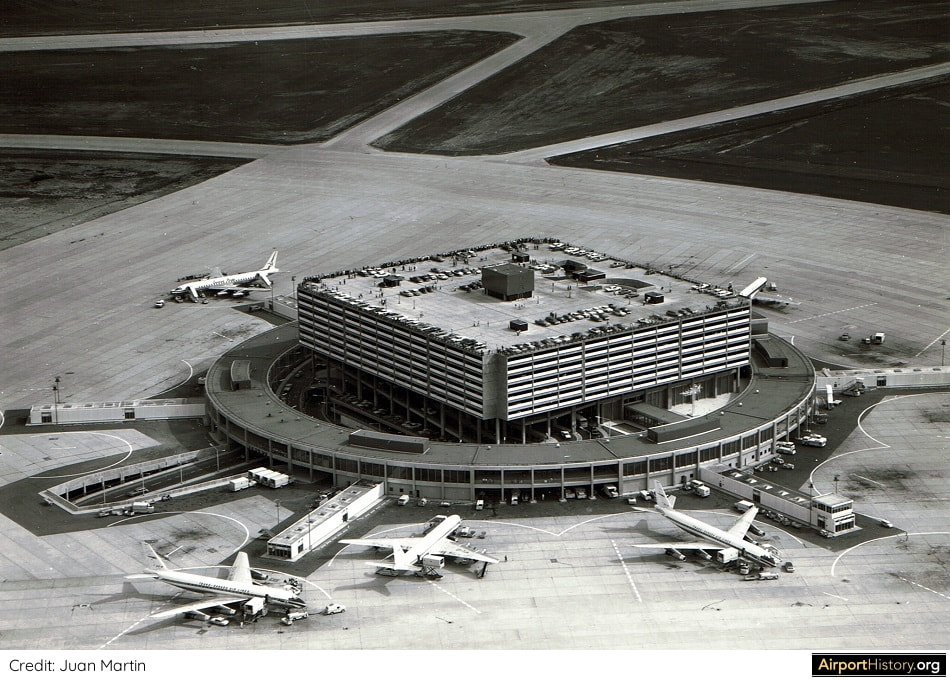
A late 1960s aerial view of Aeroquay 1. The core of the terminal featured a seven-level parking structure accommodating 2,400 cars. The top floor was a plane spotter's heaven, which was also one of the main problems of the design. Sightseers caused exit delays from the car park of 2.5 hours and clogged the access tunnels for the airline travelers to the aeroquay.
LIMITATIONS OF THE AEROQUAY CONCEPT
The Aeroquay had a capacity of 3.2 million passengers annually. The airport's master plan envisaged the construction of a total of four aeroquays, which could be built according to passenger demand. However, with traffic at Pearson booming, the concept quickly revealed its limitations. The circular Aeroquay could not be expanded. In addition, the approach roads to the terminal became heavily congested with airport visitors. Hence, in the mid-1960s, the master plan was abandoned and the planners started contemplating a better solution.
GOING INFIELD
With the experience from Aeroquay fresh in mind, this time the planners emphasized full flexibility. They decided to start with a clean slate and build a new passenger terminal complex in between runway 14/32 (now 15L/33R) and the still-to-be-built parallel runway 15R/33L. The proposed plan envisaged a number of linear terminal modules arranged along a central spine road, a popular airport planning concept back then. Additional terminal modules be easily added according to demand, while existing buildings could be enlarged. 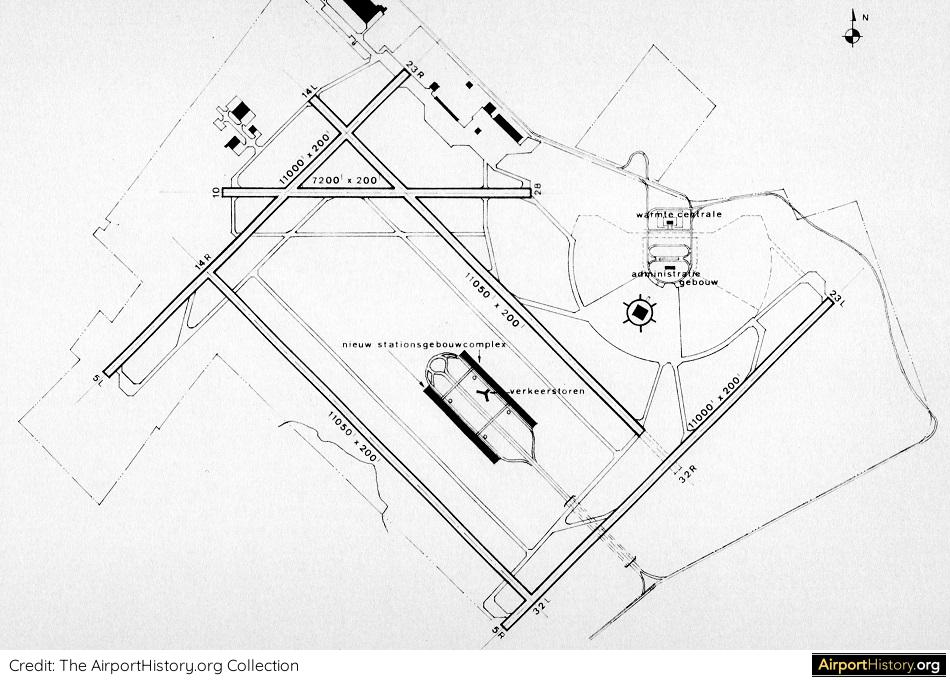
Pearson airport layout showing the proposed passenger infield terminal complex. The central location of the terminals enabled aircraft to quickly taxi to and from the surrounding runways. The complex could easily be extended according to demand. The spine road was directly connected to the 401 Freeway.
There were no concourses or satellites. Aircraft would park directly alongside the terminals. Planners did retain one key feature of Aeroquay 1 though, with multi-level parking structures built on top of the terminals.

An artist's impression of the new passenger terminal complex looking west. The complex could be expanded according to demand. The space in between the terminals and central spine road could be used to enlarge the existing structures. Note that airplanes were parked parallel to the terminal (not nose-in), which in the 1960s was still commonplace.
"TEMPORARY" TERMINAL 2
The jump to the infield area was to be made sometime during the 1970s. A "temporary" Terminal 2 would be built to bridge the gap until the first phase of the new terminal complex could be opened. However, the scheme was abandoned due to cost and it was decided to expand within the existing footprint. Phase I of Terminal 2, which adopted a more conventional linear design, opened in 1972, with Air Canada transferring all flights there in June 1973. The building went on to function as the global hub facility of Air Canada for the next three decades.
A small remnant of the infield plan did remain however. In 2002, a passenger satellite terminal called the Infield Terminal (IFT), built to deal with peak demand, opened in the infield area. The rest of the infield area was used for new cargo, maintenance and de-icing facilities.
What are your thoughts about the infield plan? Would it have made sense? Let us know in the comments below!
Everyone who frequently flies in and out of Schiphol will be familiar with the infamous runway 18R/36L.
Opened in 2003, the runway is located a whopping 3 miles (4.5 km) from the terminal area and it can take 20 minutes or more to taxi from the runway to the gate! Some people refer to it as a planning blunder, but is it? In today's post, I will argue that the runway's remote location was actually well considered.
THE 'ENVIRONMENTAL RUNWAY'?
So, why was the runway so far away from the airport? In the early 1990s, when the project was going through the public consultation phase, the runway was pitched to the public as the "environmental runway". Supposedly, its location was optimized so that departure and arrival routes would avoid overflying built-up areas as much as possible, explaining its eccentric location. However, the runway first appeared in planning documents in 1967, when there was a lot less urban development around the airport and when jet noise was much less of an issue.
A SECOND TERMINAL COMPLEX?
The real reason was to secure land for future development, lots of land! By building the runway at its current location, a huge tract of empty farmland between the airport and the new runway effectively came under control of the airport, creating the possibility to develop new passenger handling facilities in the far future. Indeed, hidden deep inside the planning documents was a single sentence referring to the development of a "second terminal complex" in the space between the airport and the new remote runway. With that realized, the runway's location would suddenly be quite practical, wouldn't it?
Did you know?
Runway 18R/36L is named "Polderbaan" or "Polder Runway." The word "polder" refers to the typical Dutch phenomenon of dry- pumped lake beds, on which Schiphol is built.
Indeed, hidden deep inside the planning documents was a single sentence referring to the development of a "second terminal complex" in the space between the airport and the new remote runway. With that realized, the runway's location would suddenly be quite practical, wouldn't it?
No concept for this second terminal complex was ever developed. However, artist's impressions of the expanded Schiphol did show a number of satellite buildings, connected to the existing terminal by means of an automated people mover (APM).
Want more stunning airport photos & stories?
Sign up to our newsletter below to know when new content goes online.
CHANGE OF PLAN
Over the years the thinking about Schiphol's long-term evolution has changed. More recent plans envisage a second terminal building north of the current terminal complex, rather than northwest. This location would optimize connections to the existing terminal as well as existing road and rail connections. For the huge area in between runways 18R/36L and 18C/36C, planners have come up with the idea to construct yet another runway, which would provide Schiphol with four parallel north-south runways. This would still not preclude the development of satellite buildings at some point in the future.
AN UNCERTAIN FUTURE
Currently, Schiphol can still accommodate growth within the current runway system and terminal area. A new Pier A will open in 2023, raising the capacity with 14 million annual passengers to a total of 78 million annual passengers. An adjoining terminal will be built later on if and when demand bounces back. With almost 500,000 aircraft movements in 2019, growth at Schiphol has hit a political ceiling. Currently, a debate is ongoing on if and how to accommodate growth in the long term. The Dutch government as well as the general public traditionally have taken a pro-growth stance. However, with addressing climate change becoming an ever more urgent priority, the outcome of the discussion is currently uncertain. One thing is certain however; if the government does decide to allow further growth, plans are ready to accommodate it! What are your thoughts on Schiphol's Polderbaan and the airport's long-term development? Let us know in the comments below!
Want more stunning airport photos & stories?
Sign up to our newsletter below to know when new content goes online.
|
With a title inspired by the setting of the iconic 70s film "Airport", this blog is the ultimate destination for airport history fans.
Categories
All
About me
Marnix (Max) Groot Founder of AirportHistory.org. Max is an airport development expert and historian. |


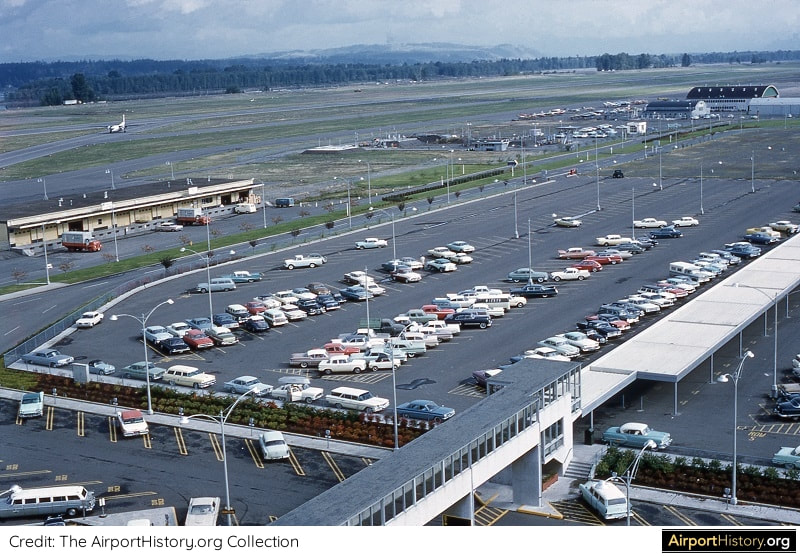
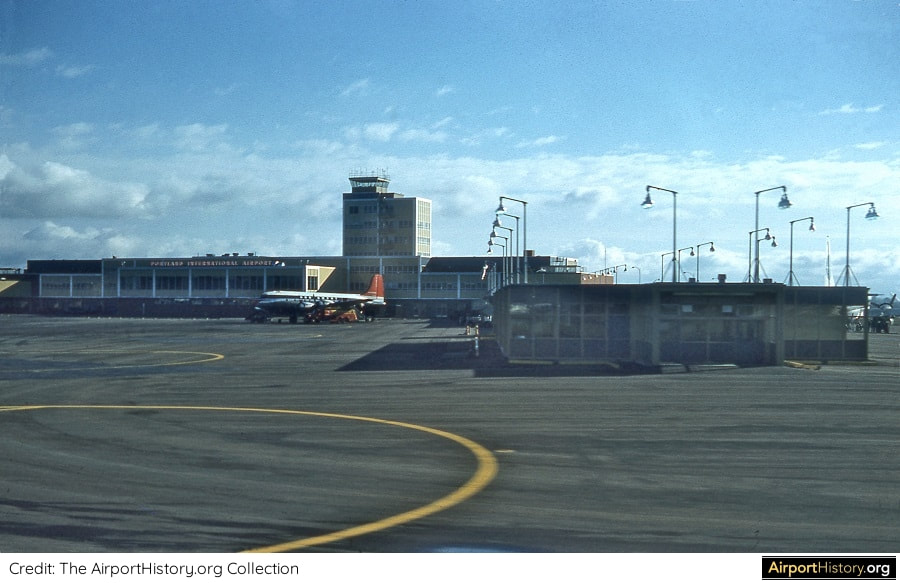
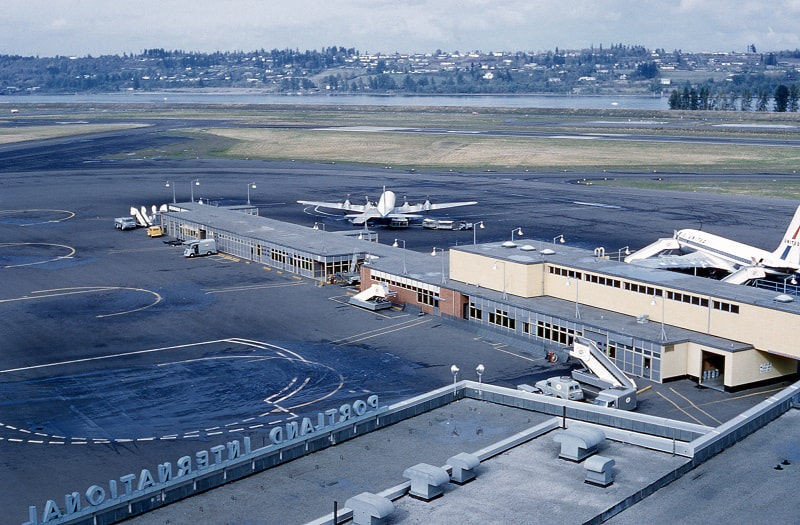

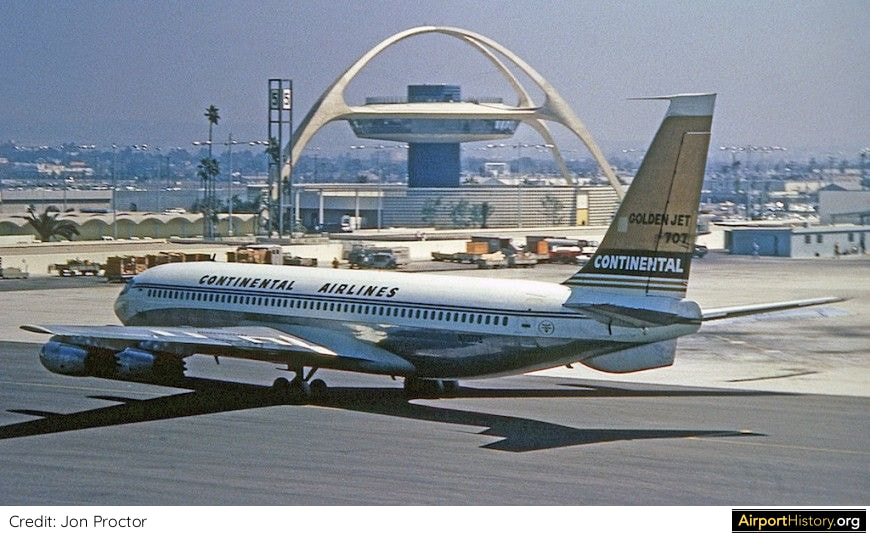
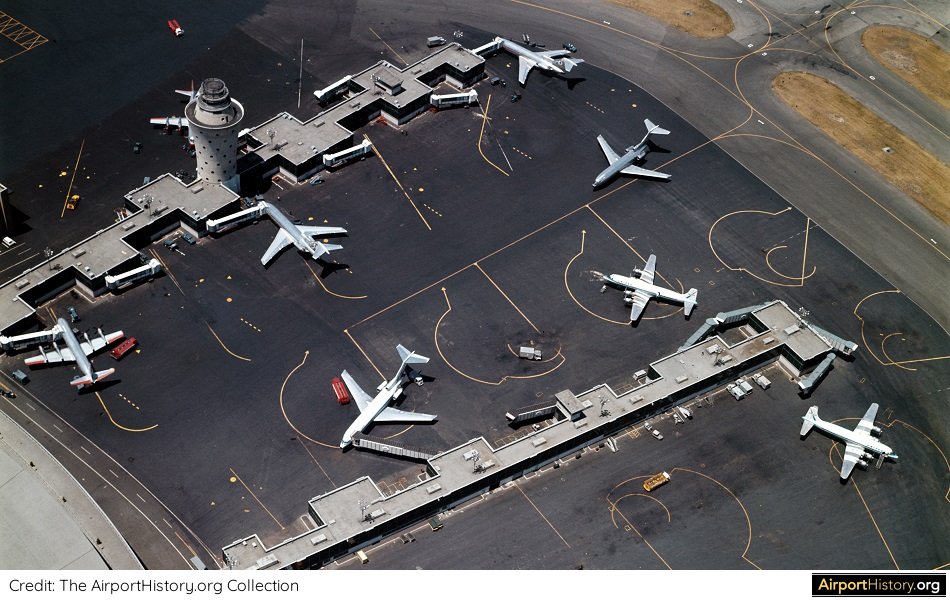
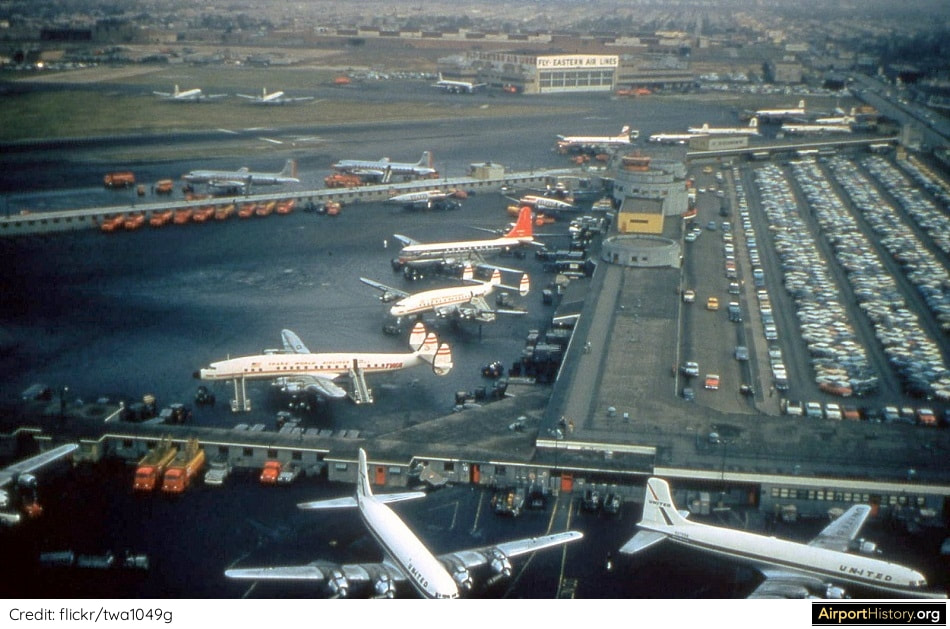
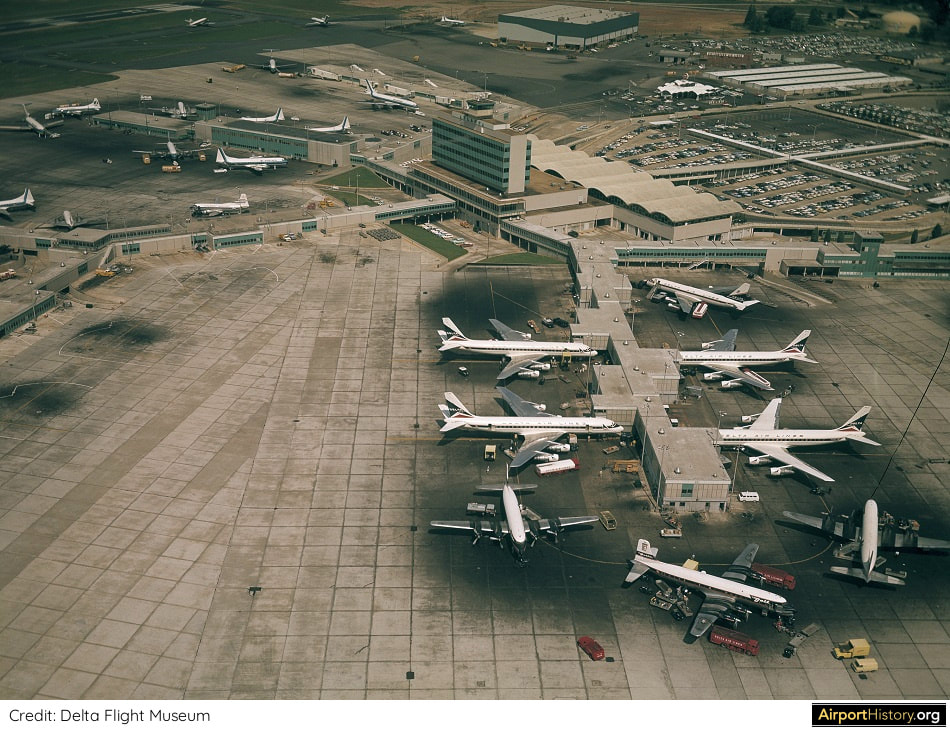
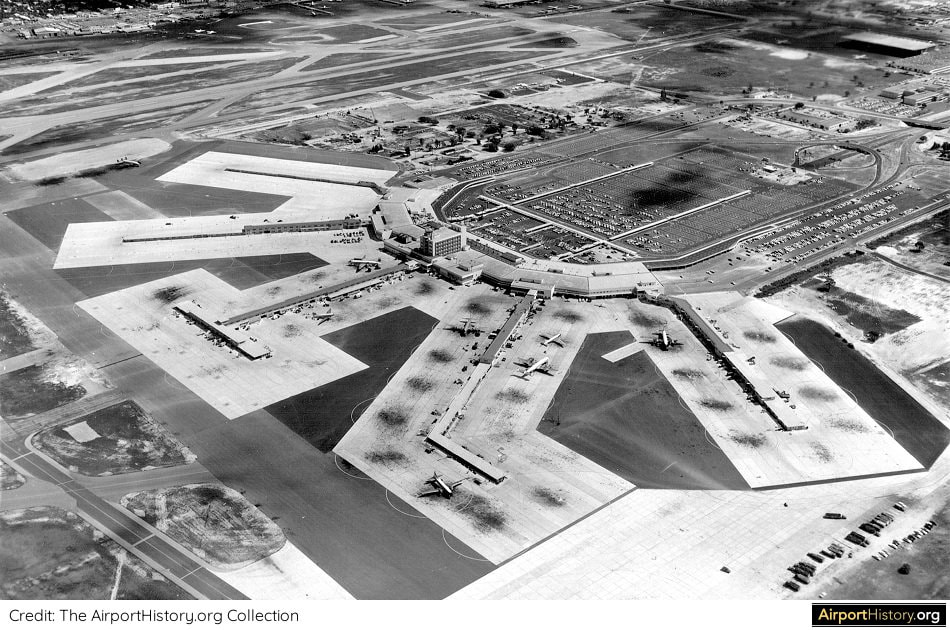
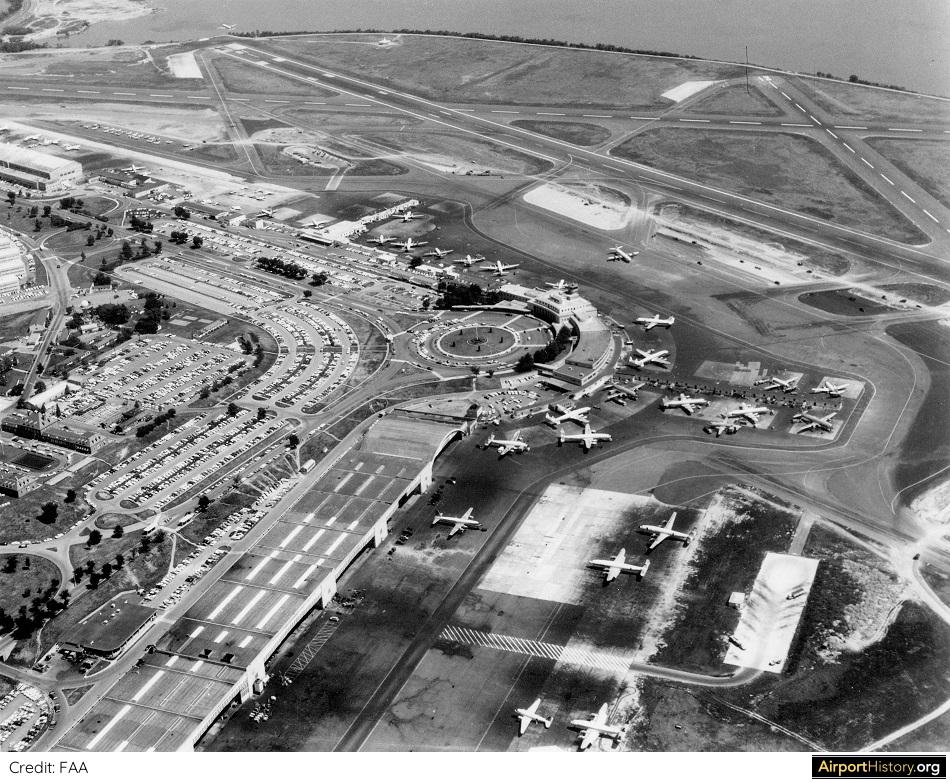
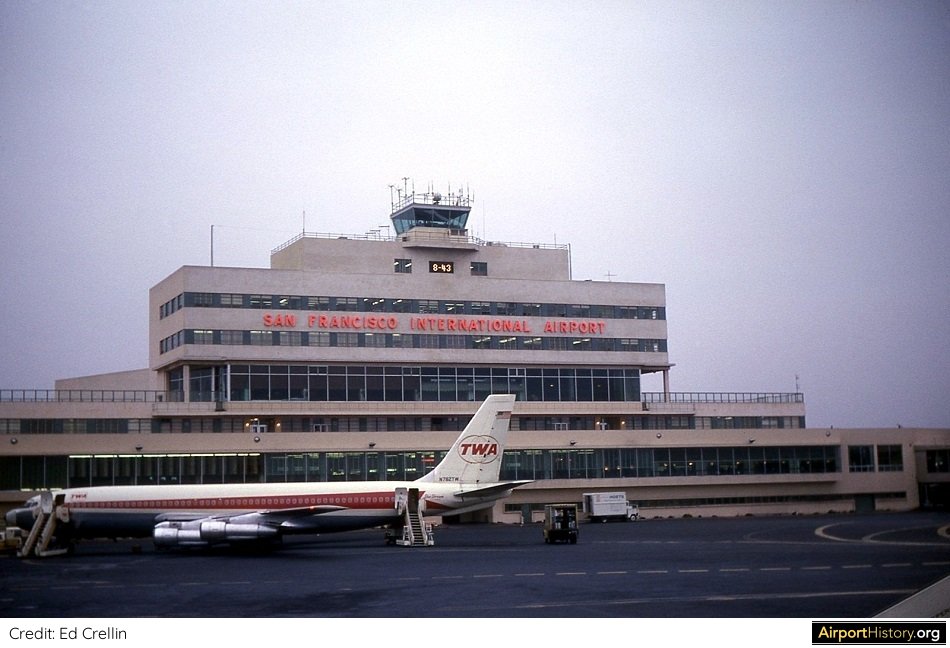
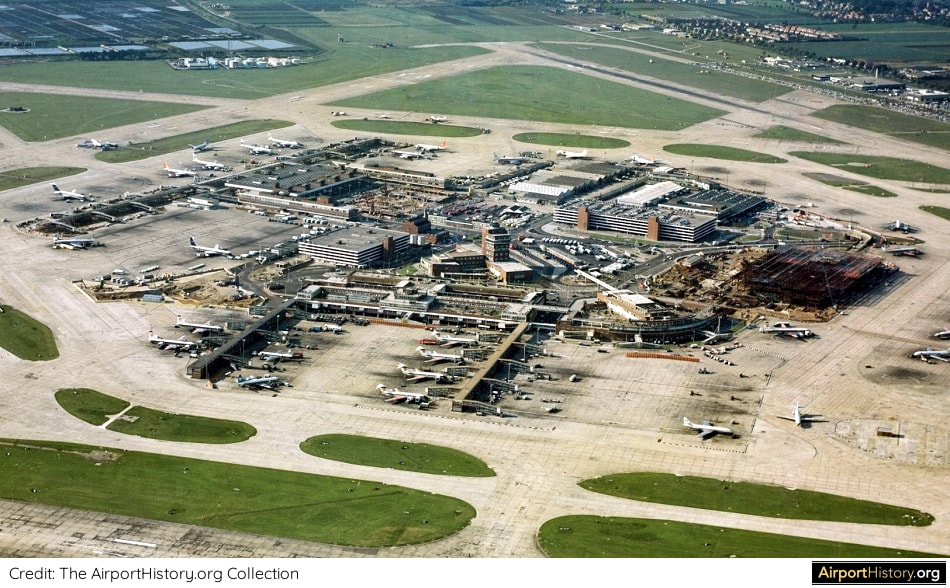

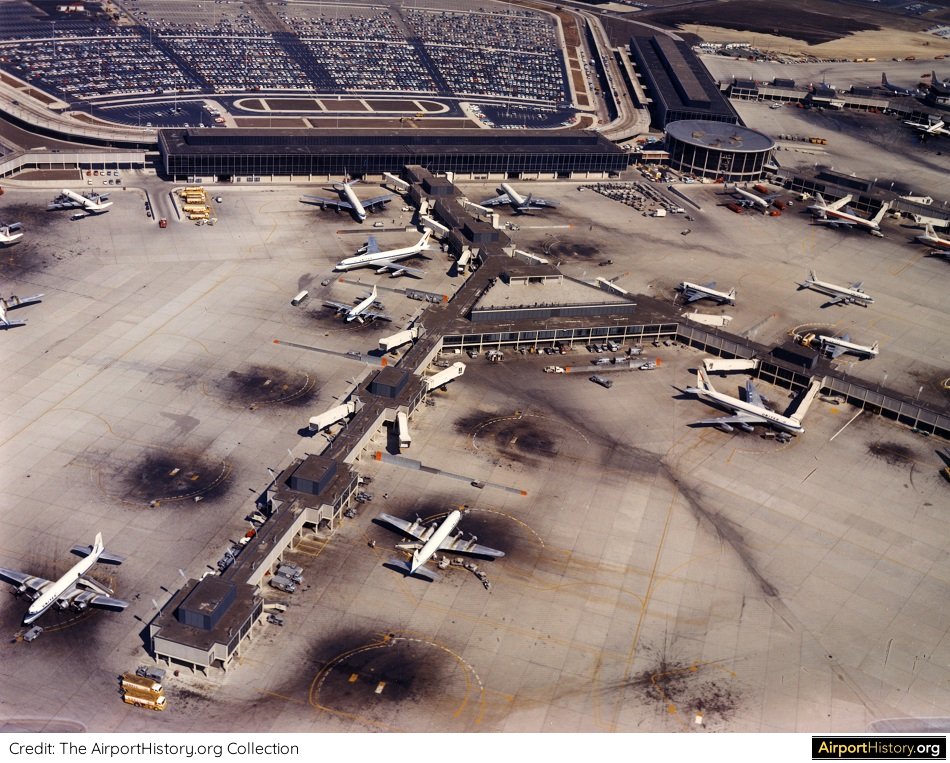
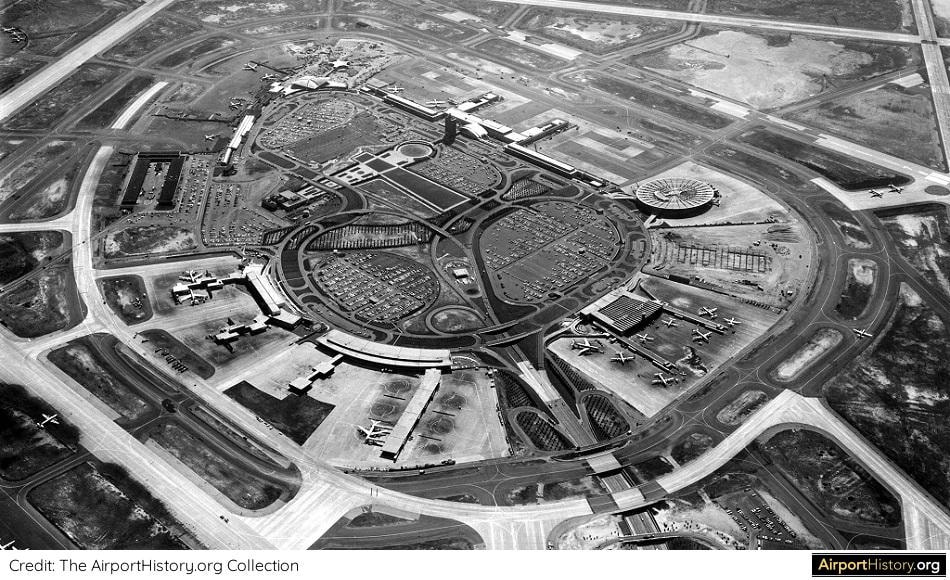

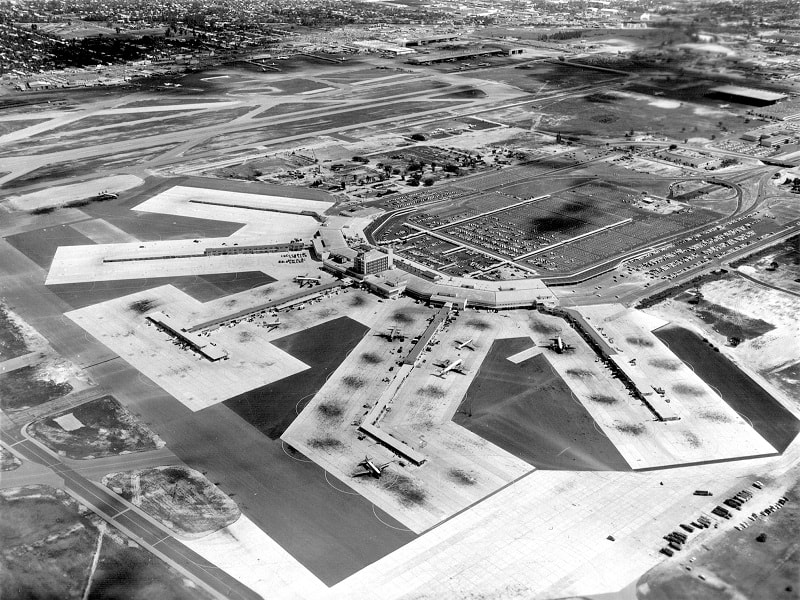
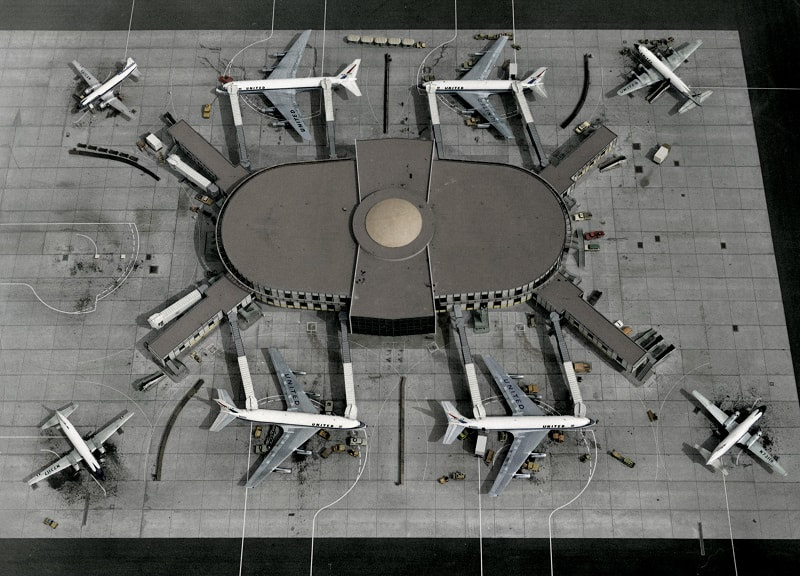
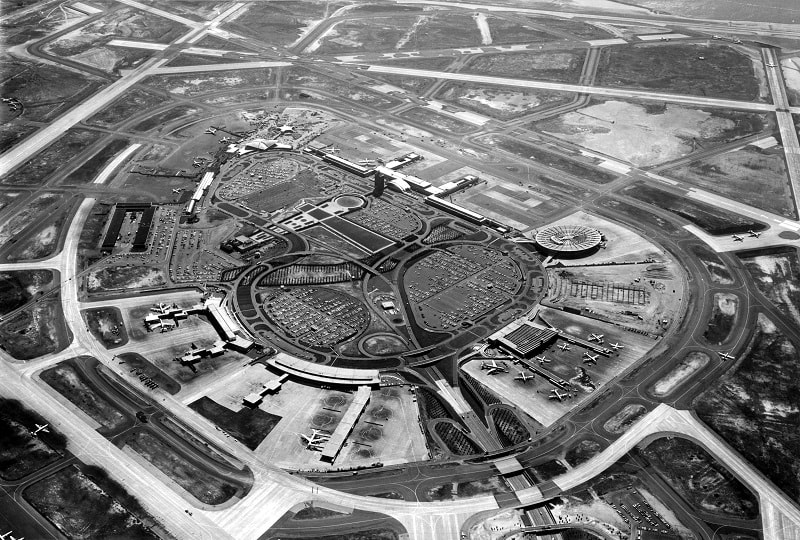
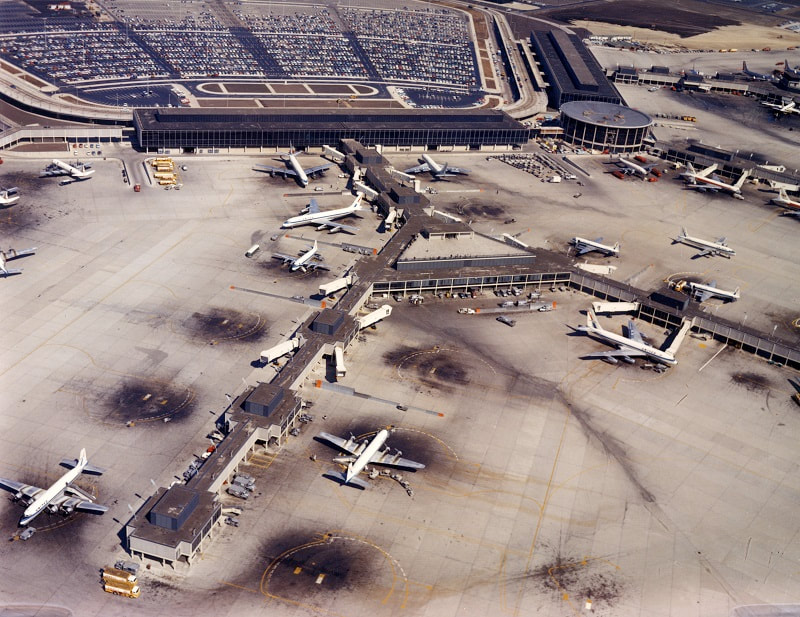
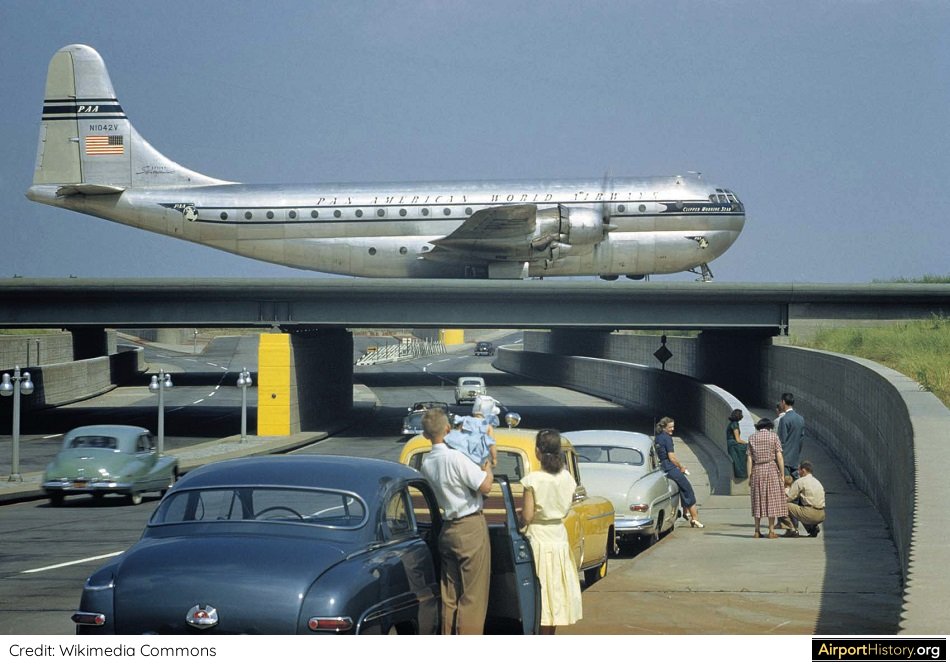
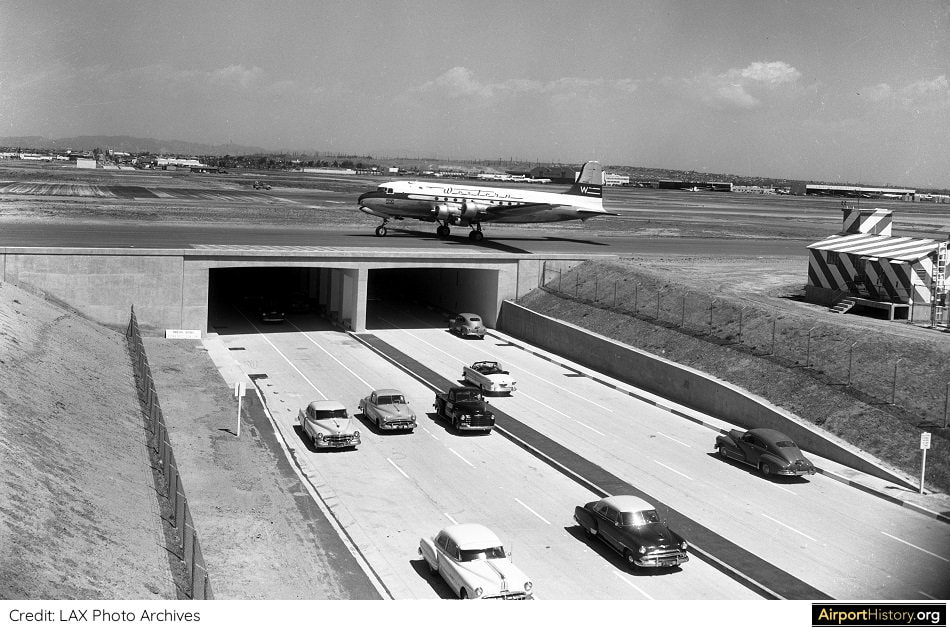
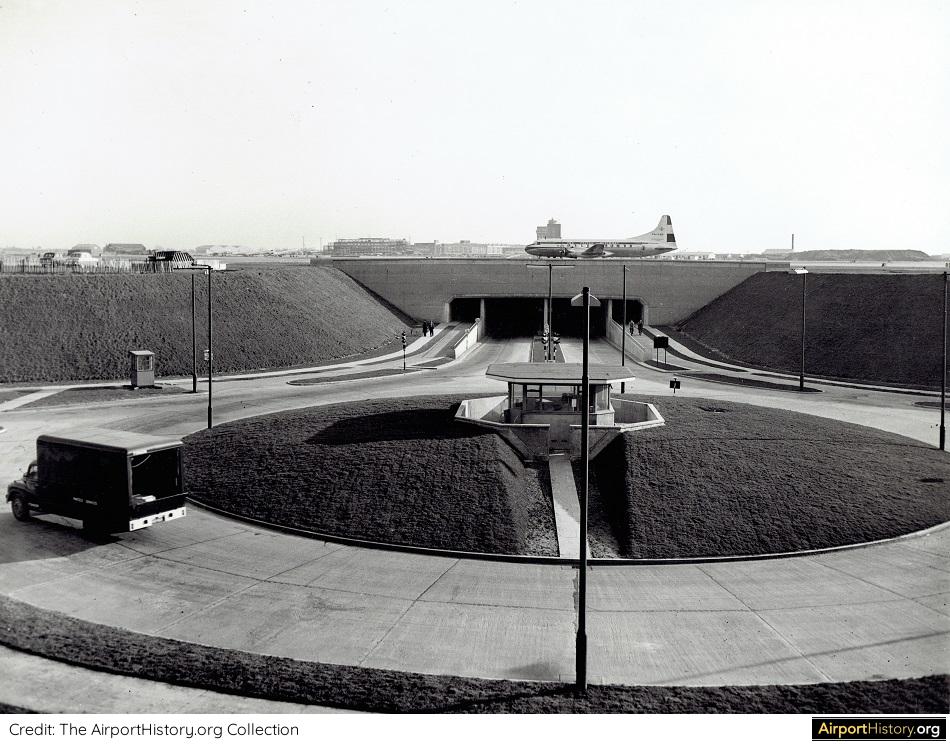
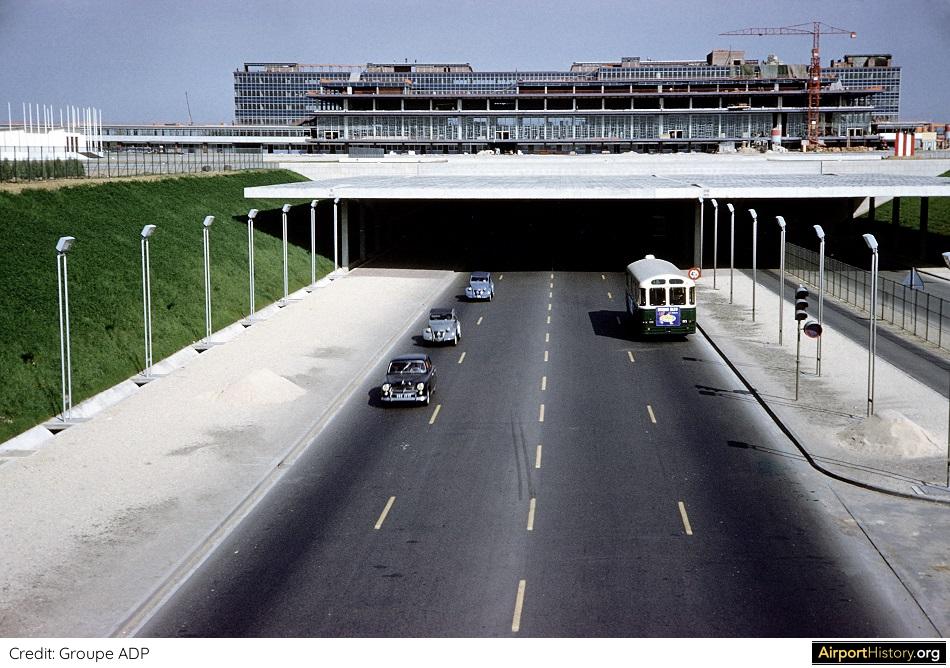
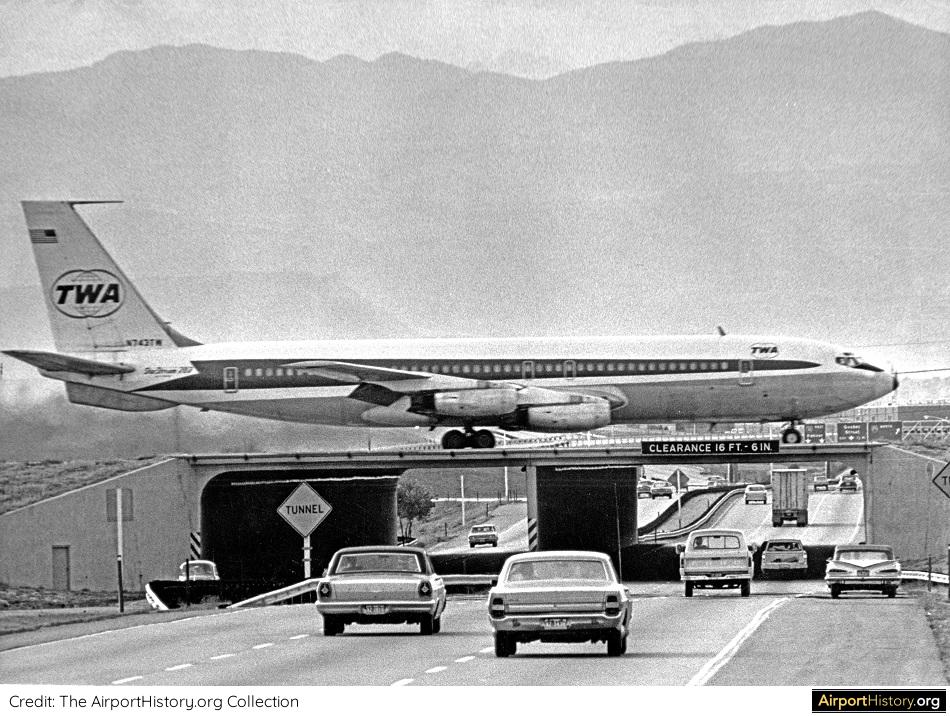
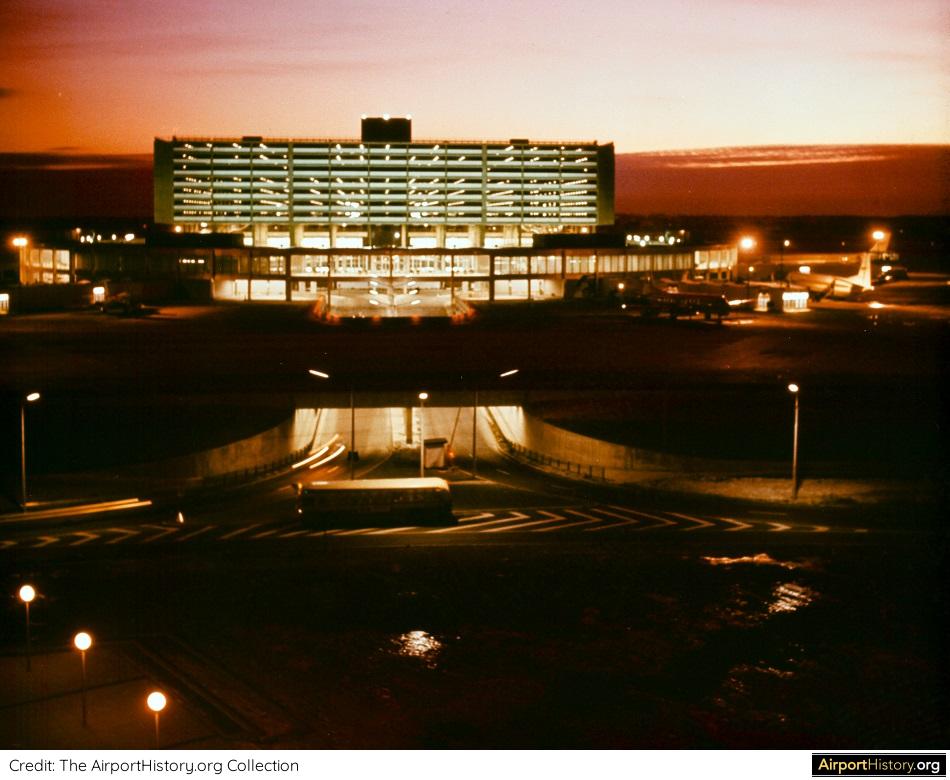
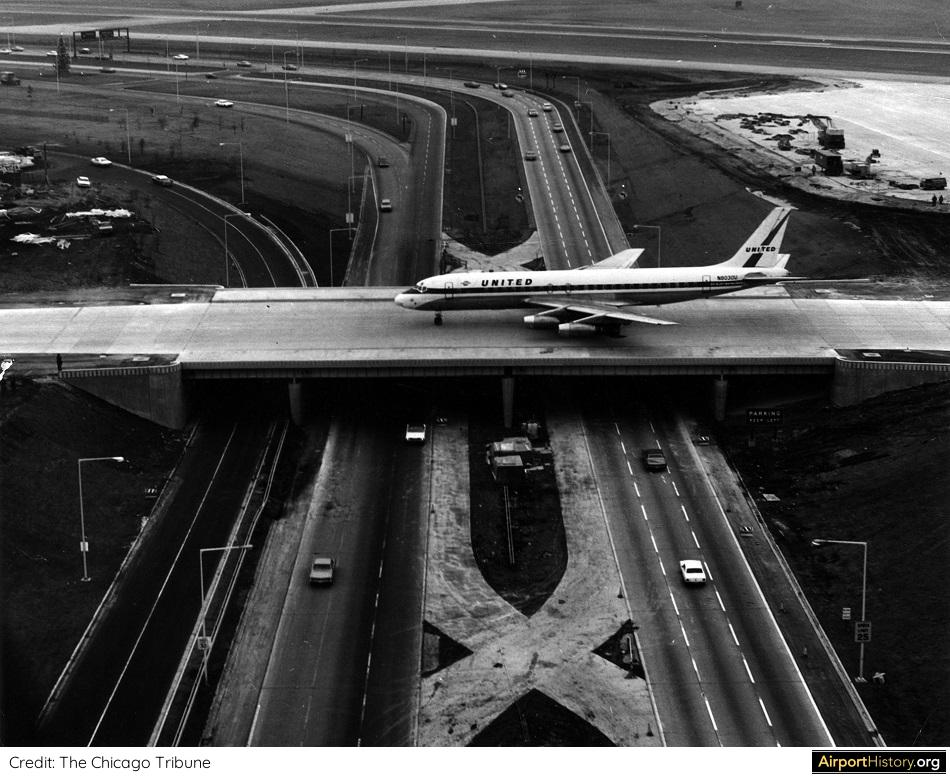

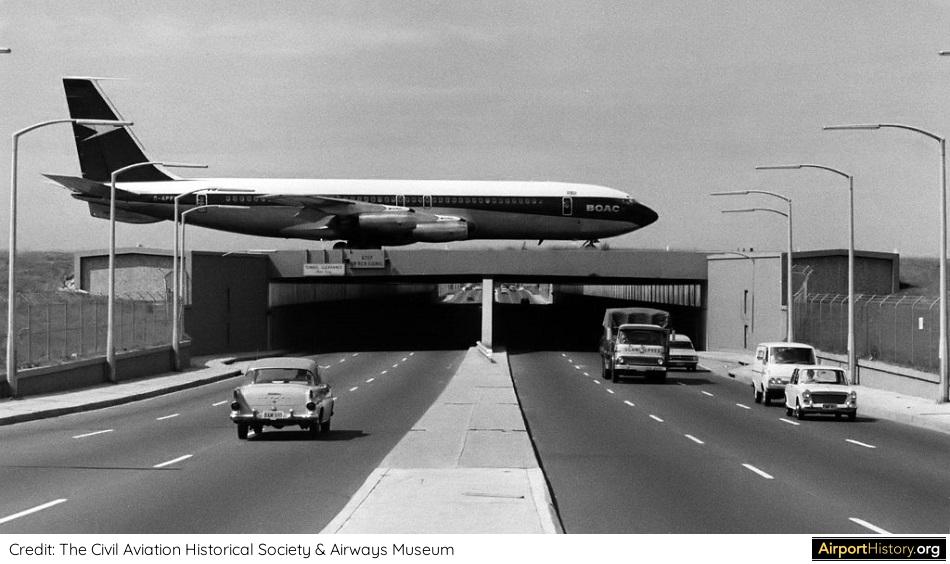
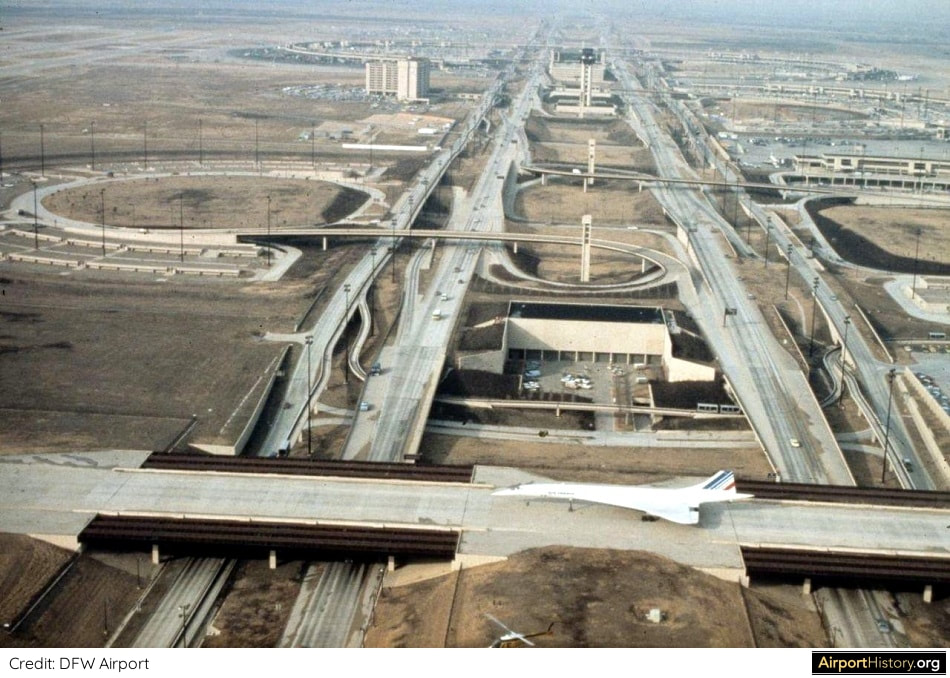
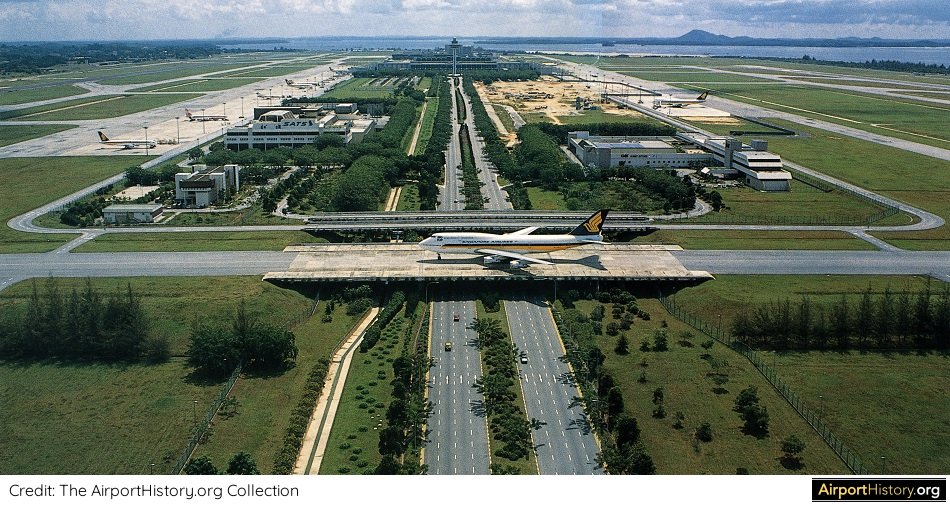

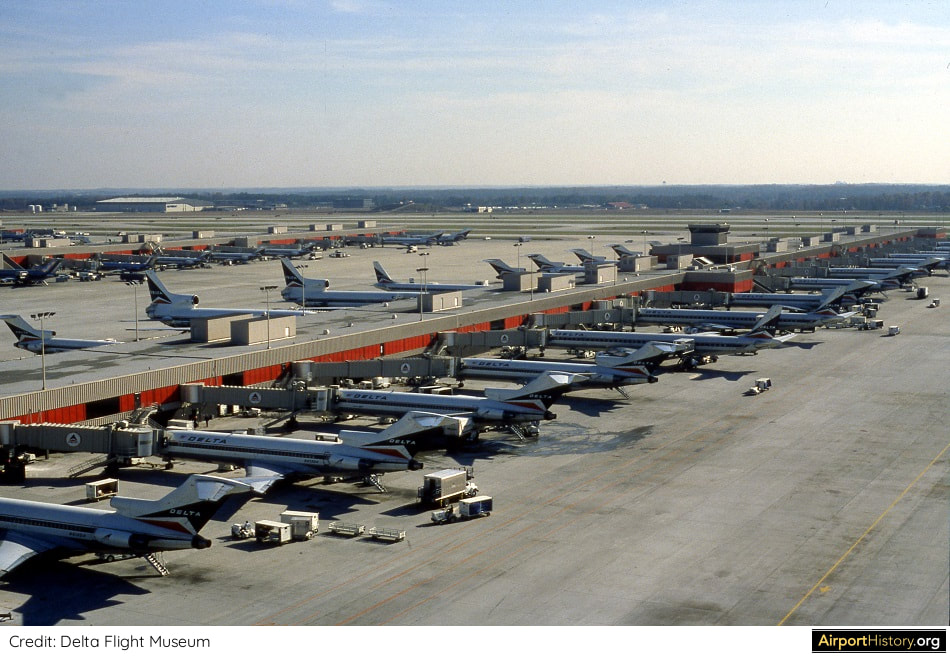
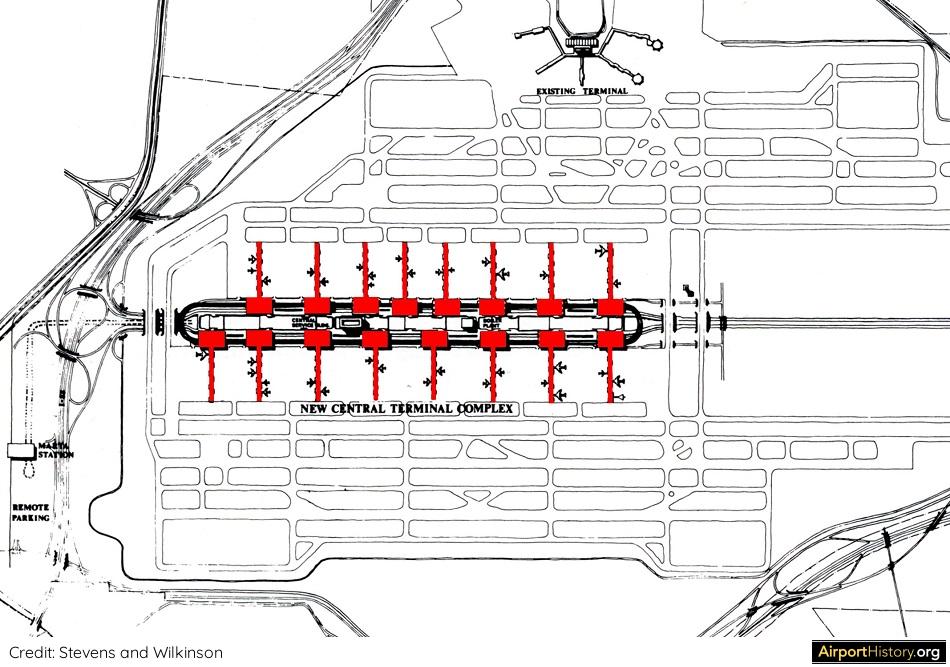
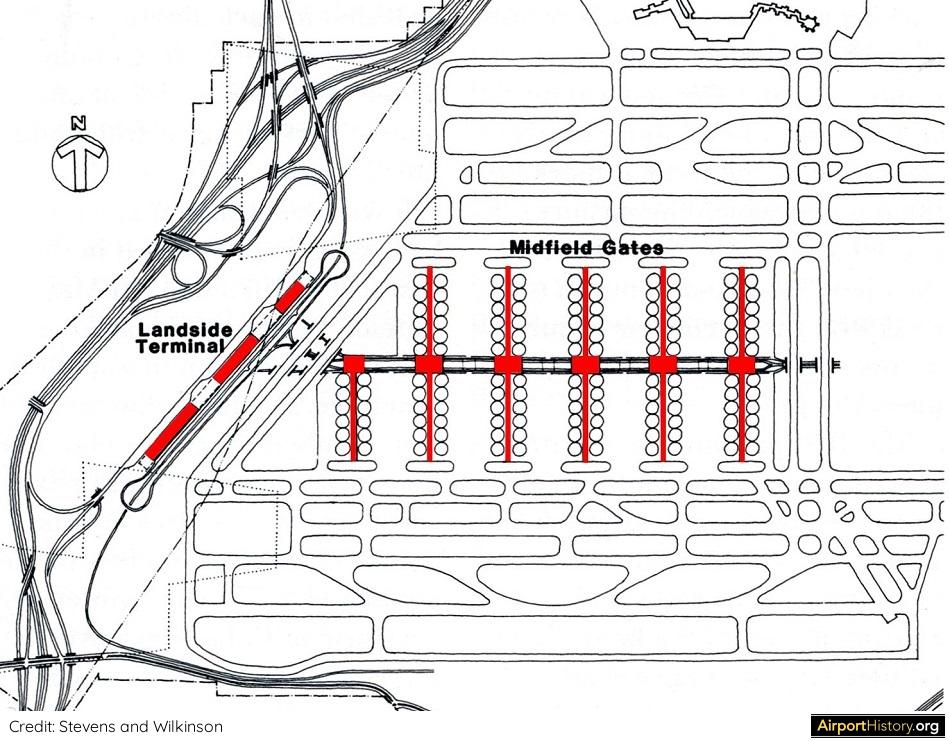
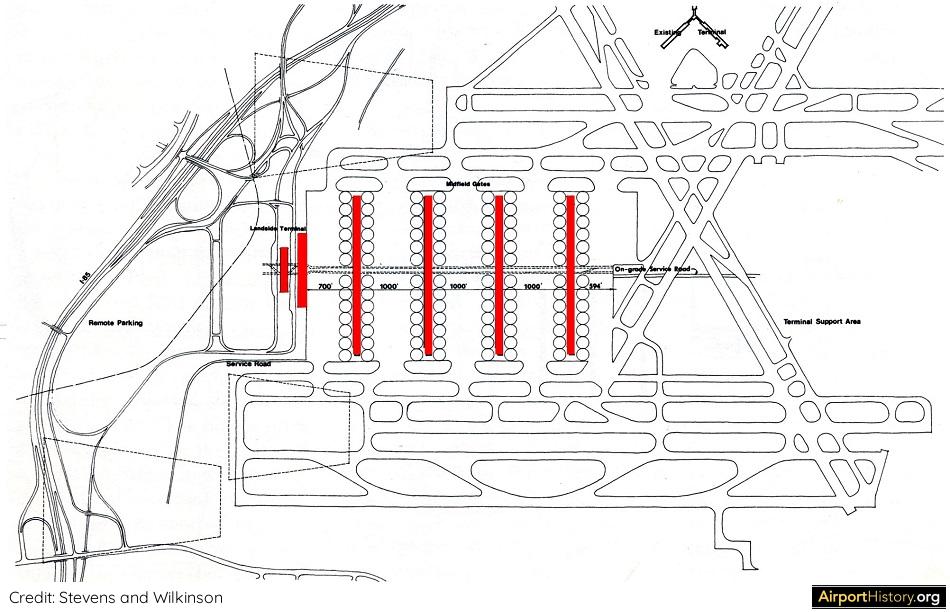
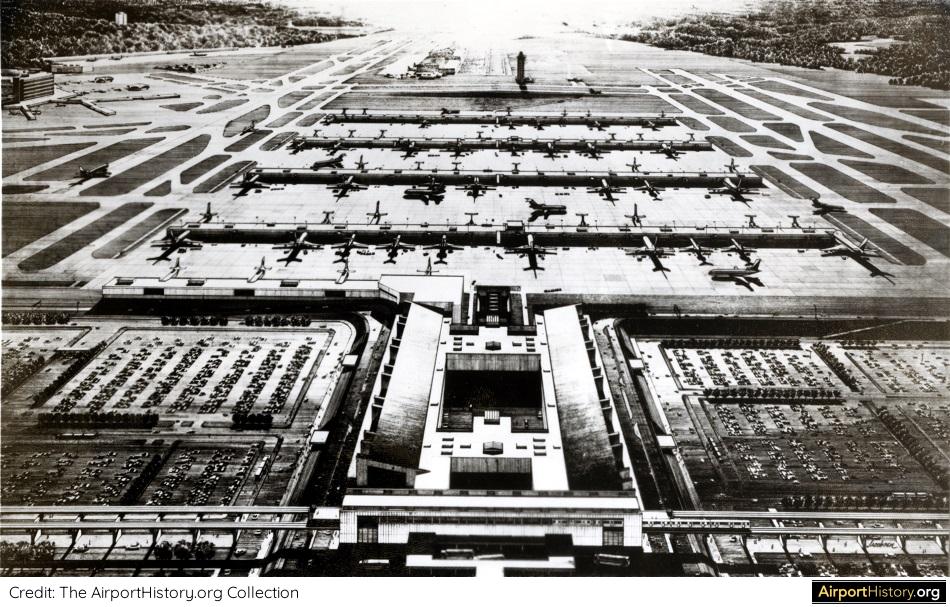
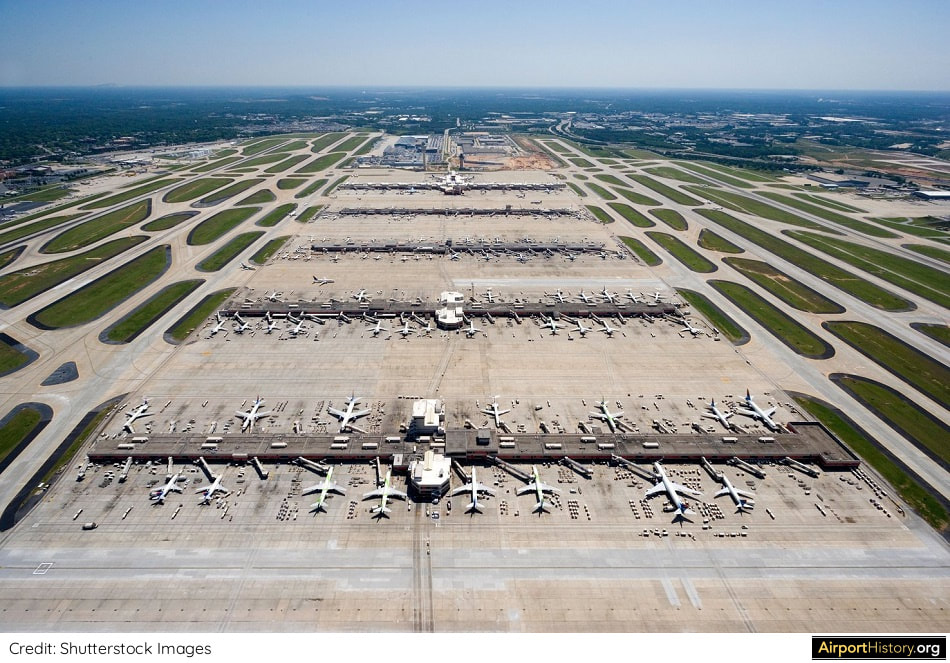
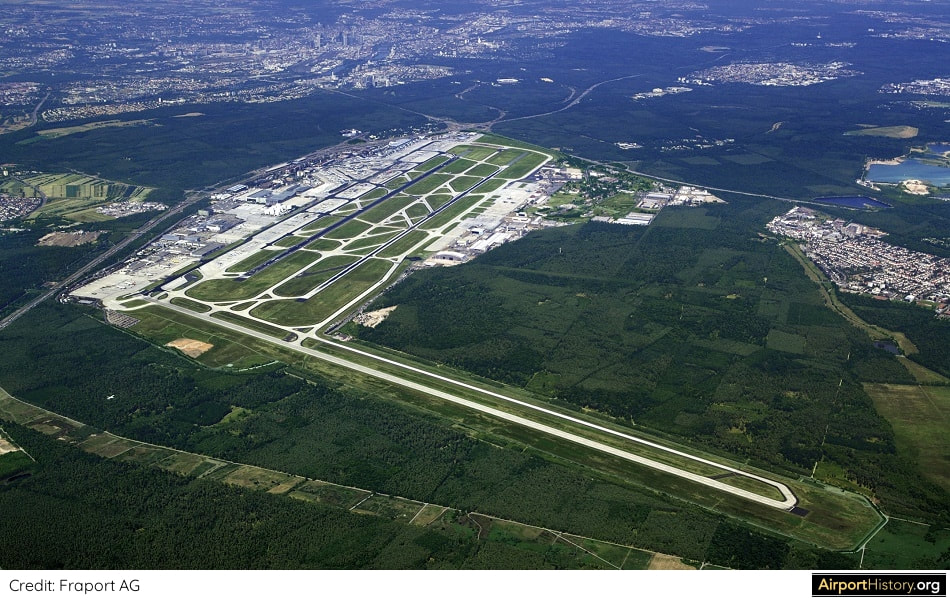
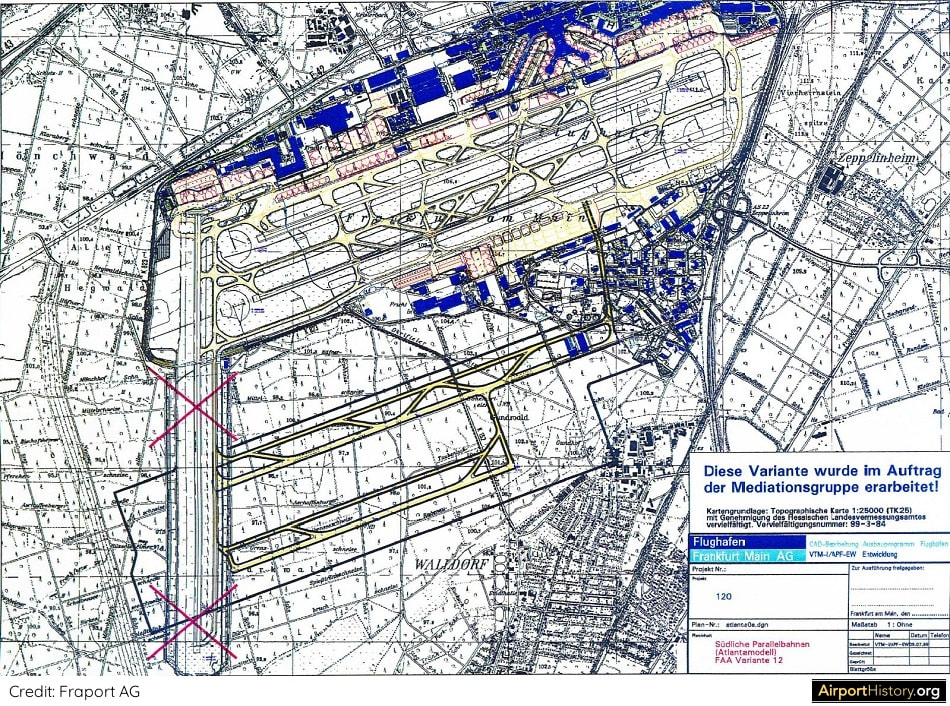
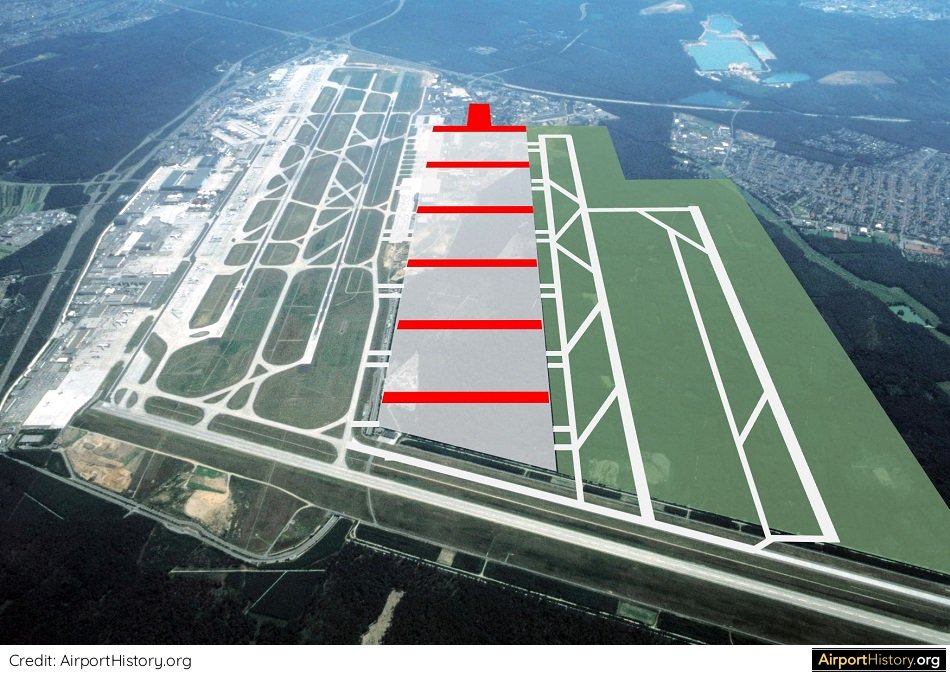
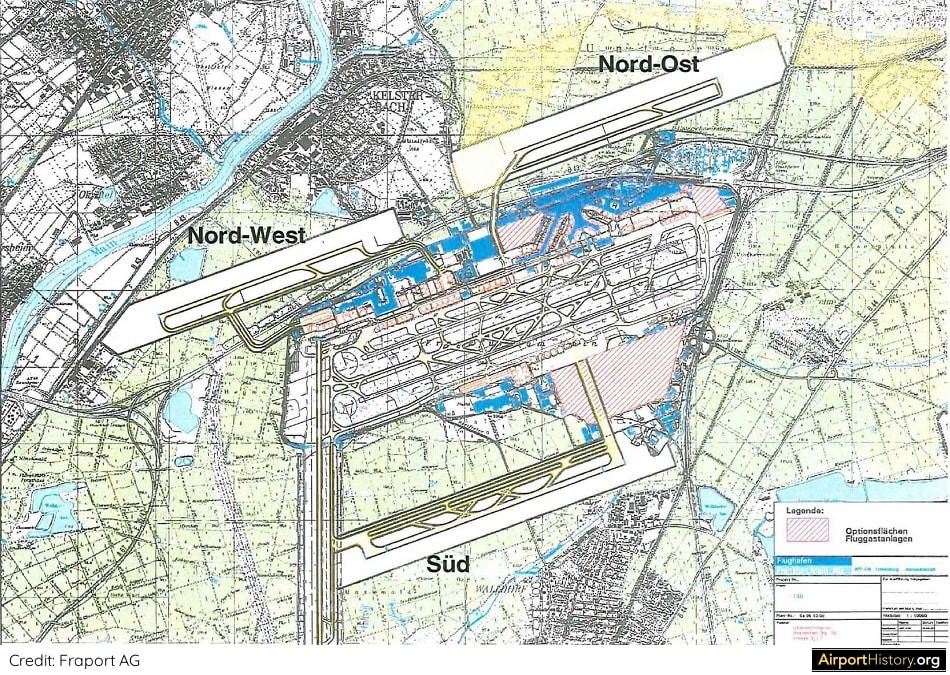
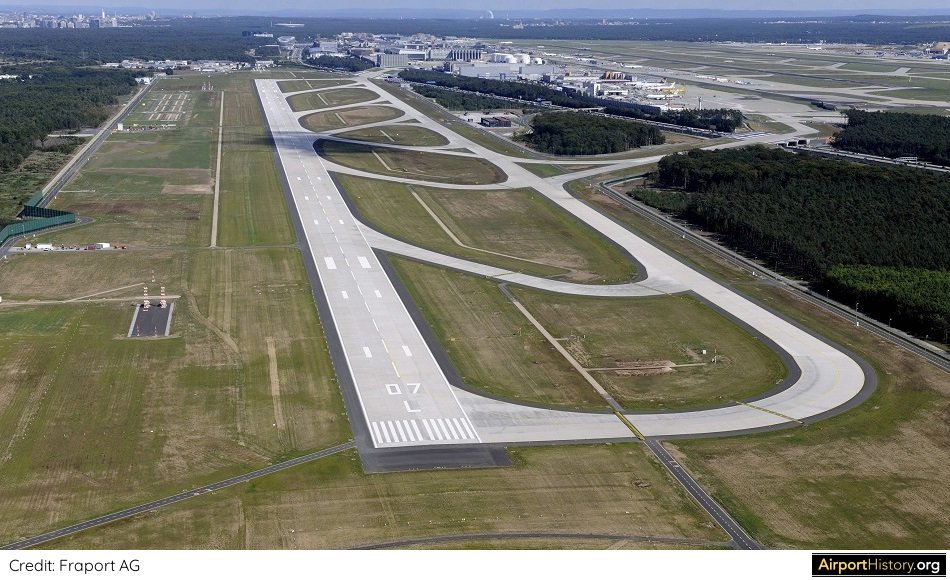
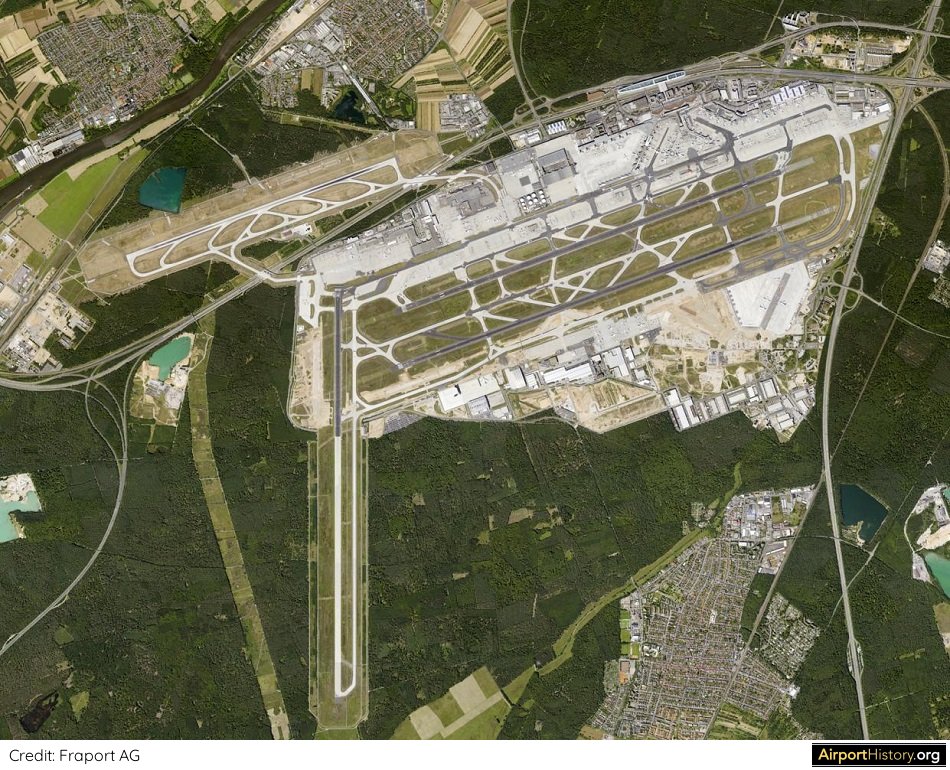
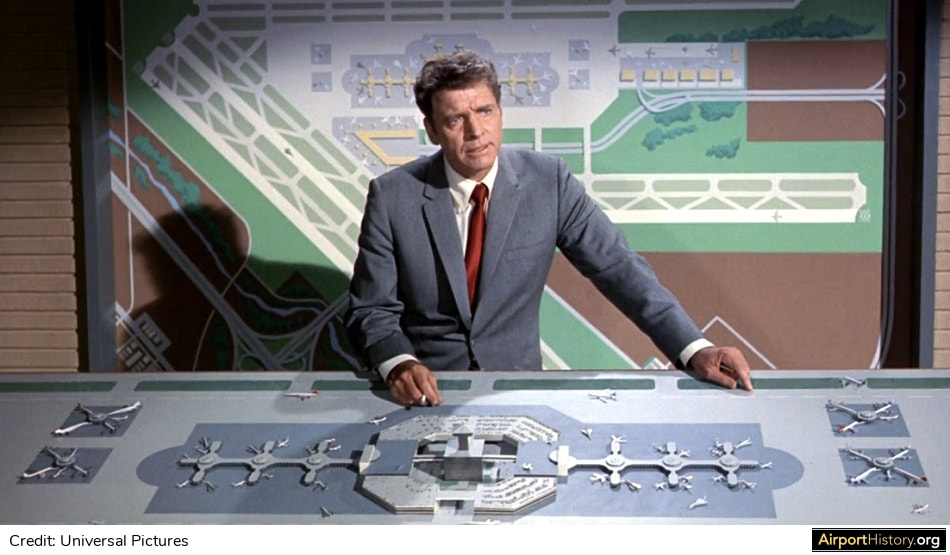
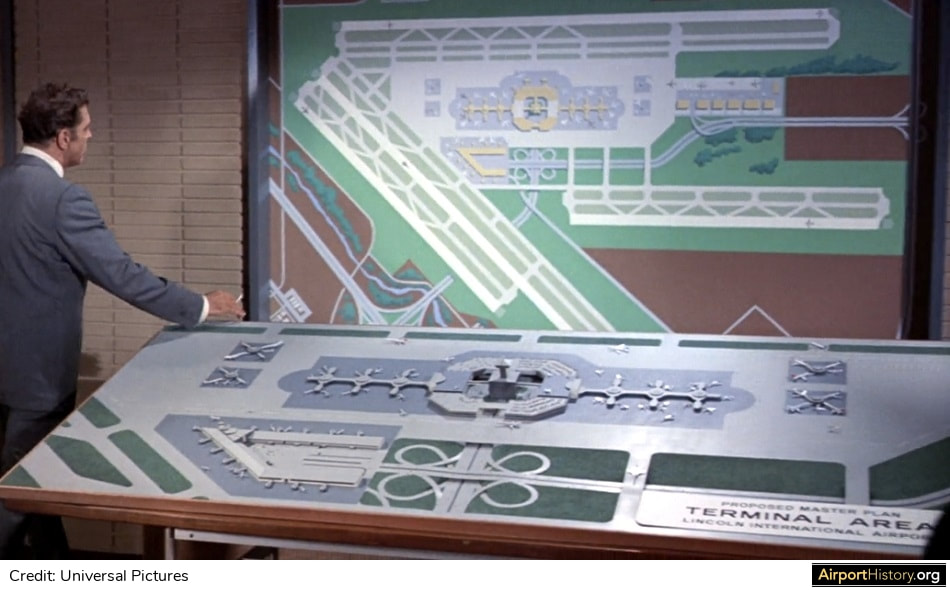
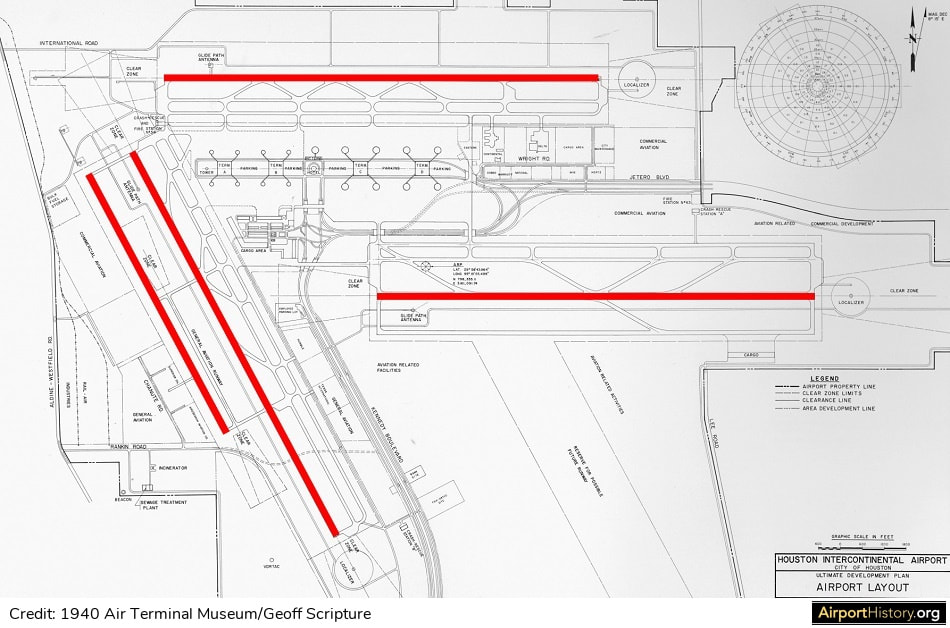
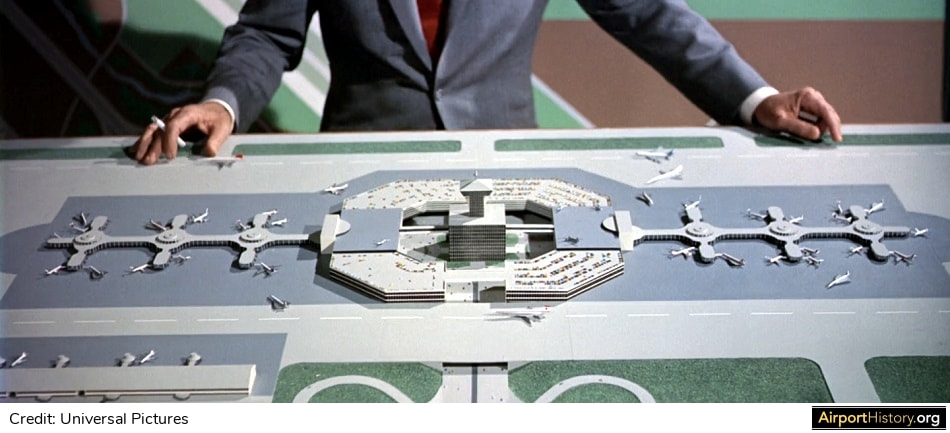
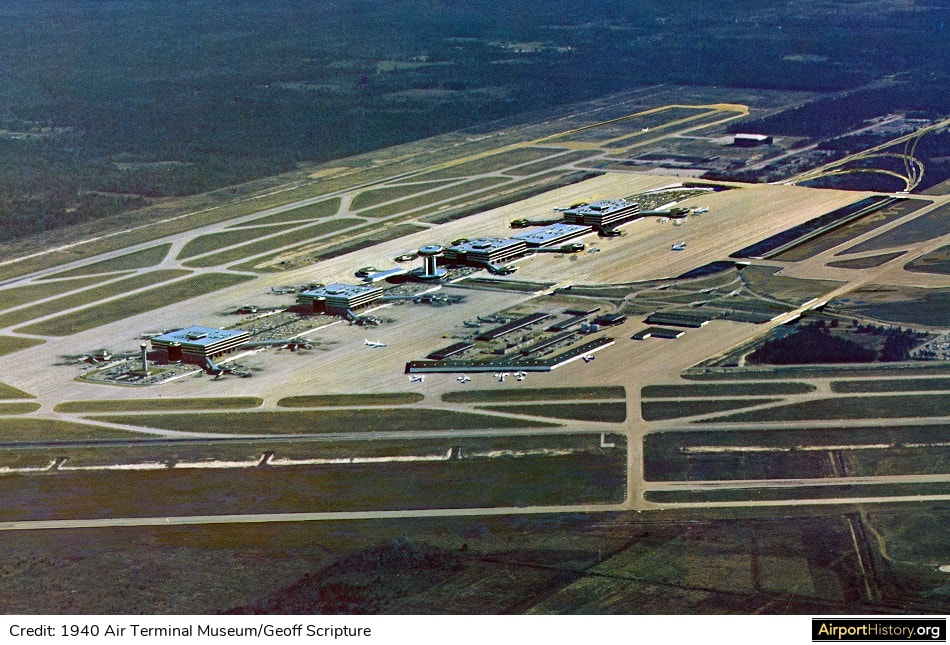
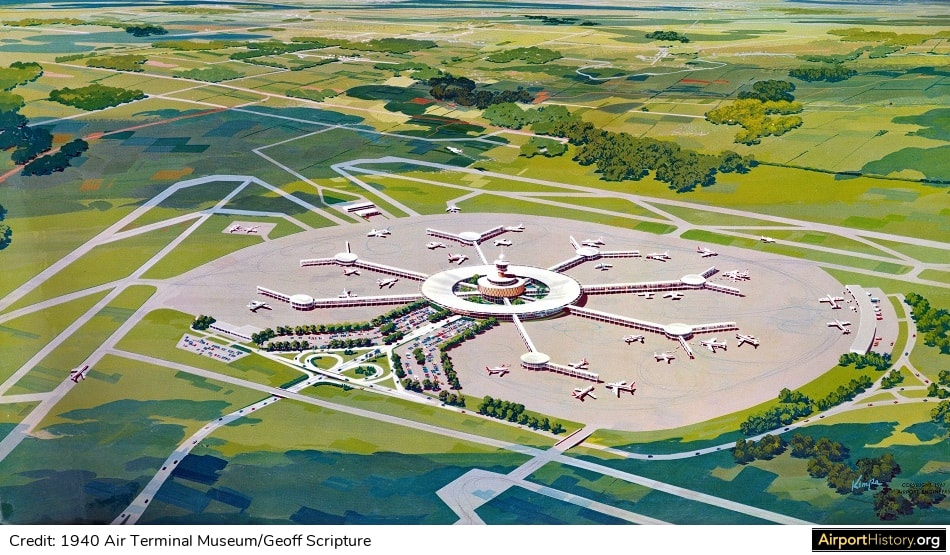
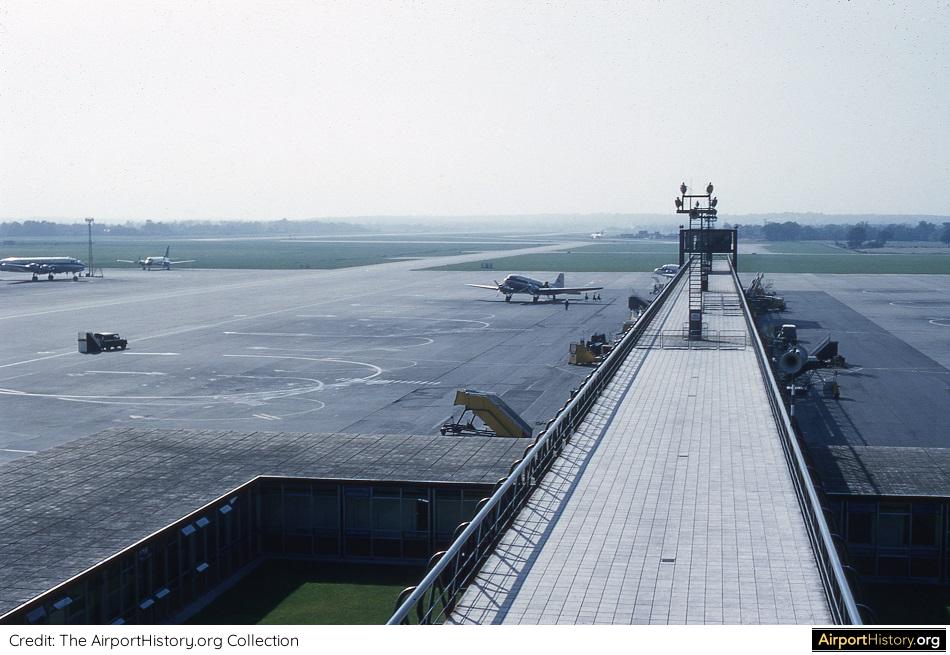

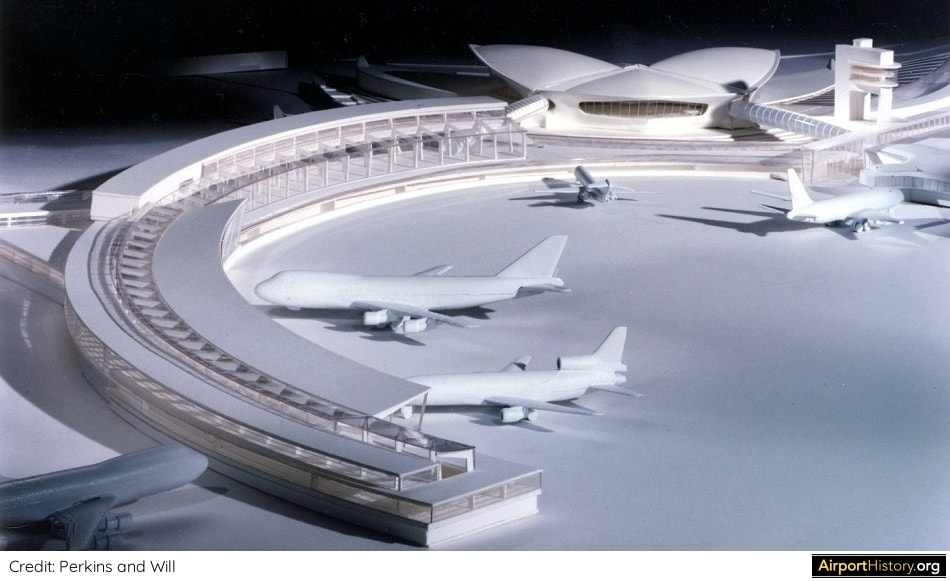
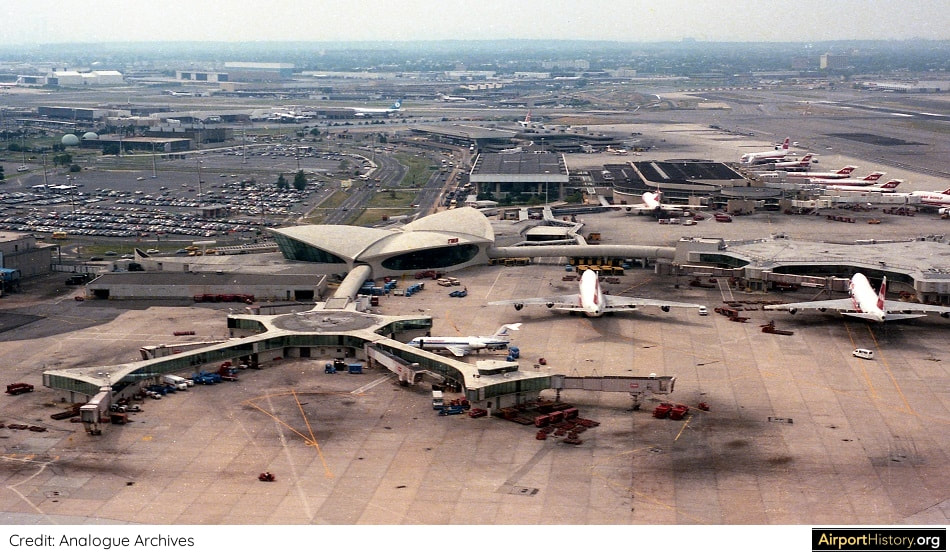
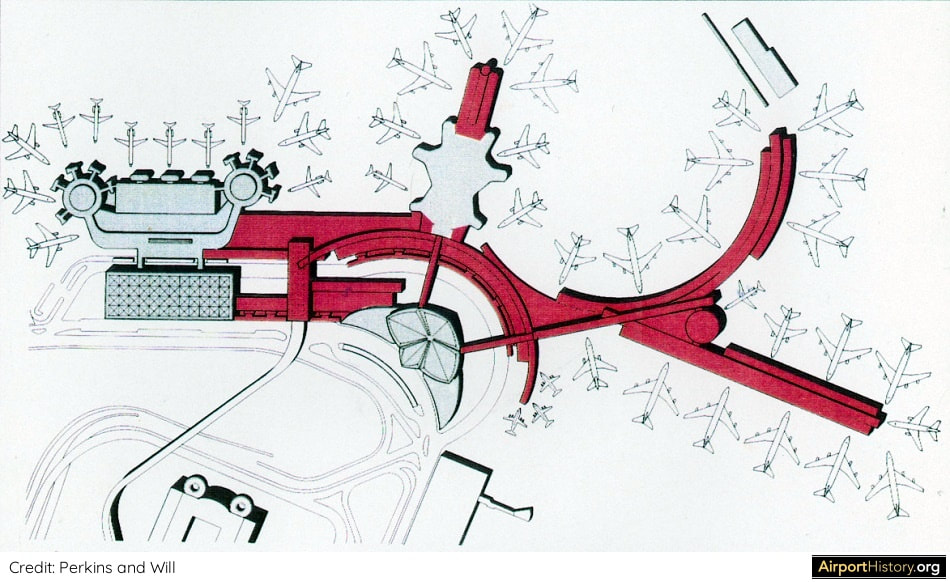
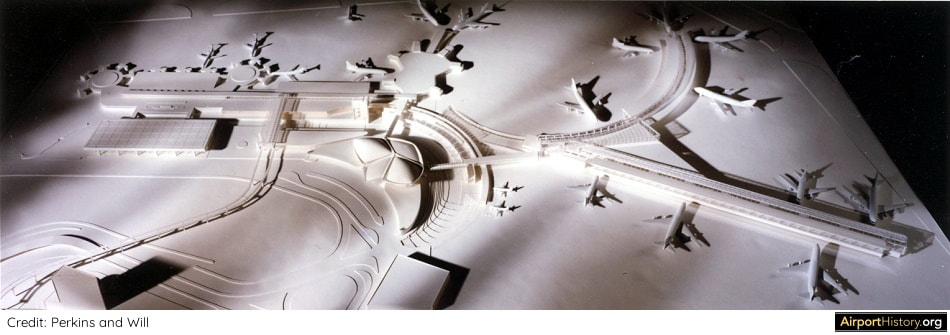
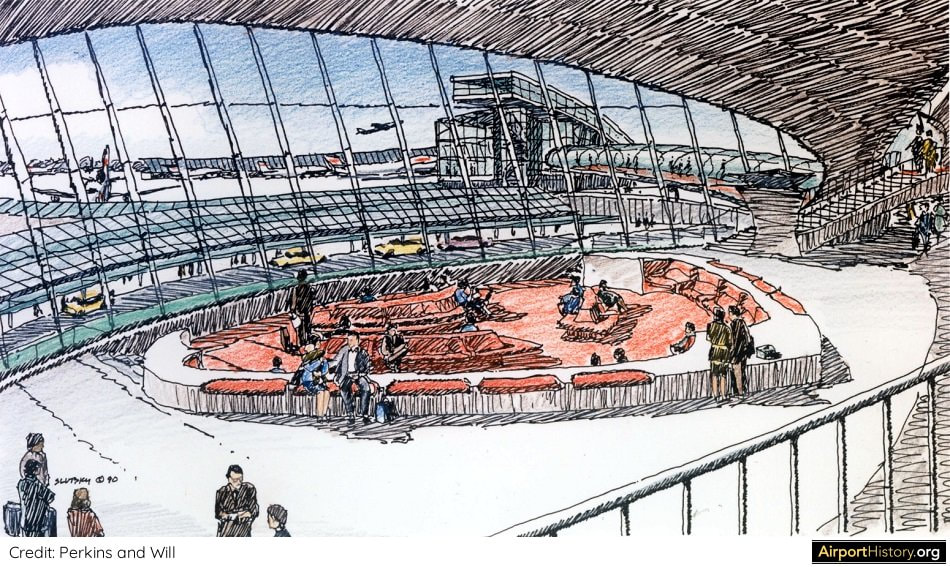
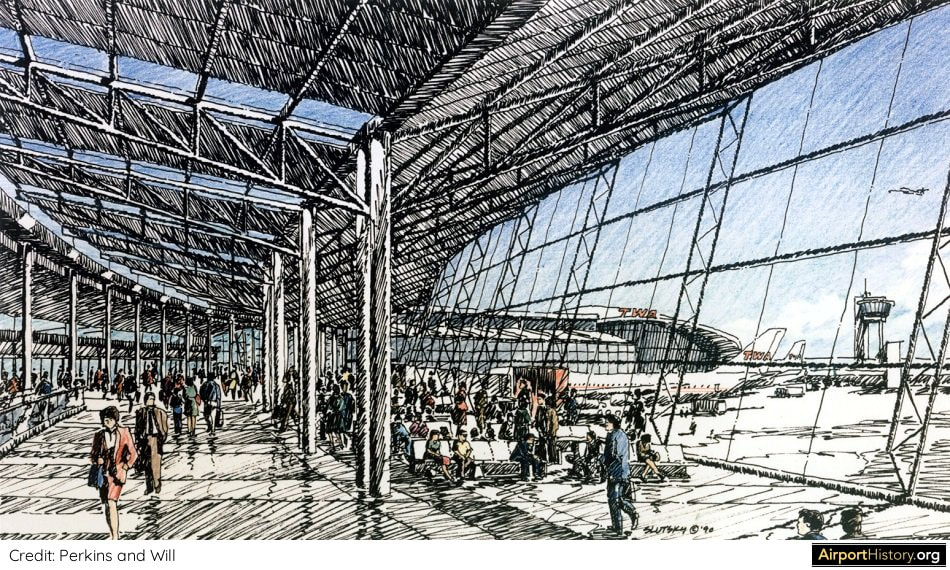

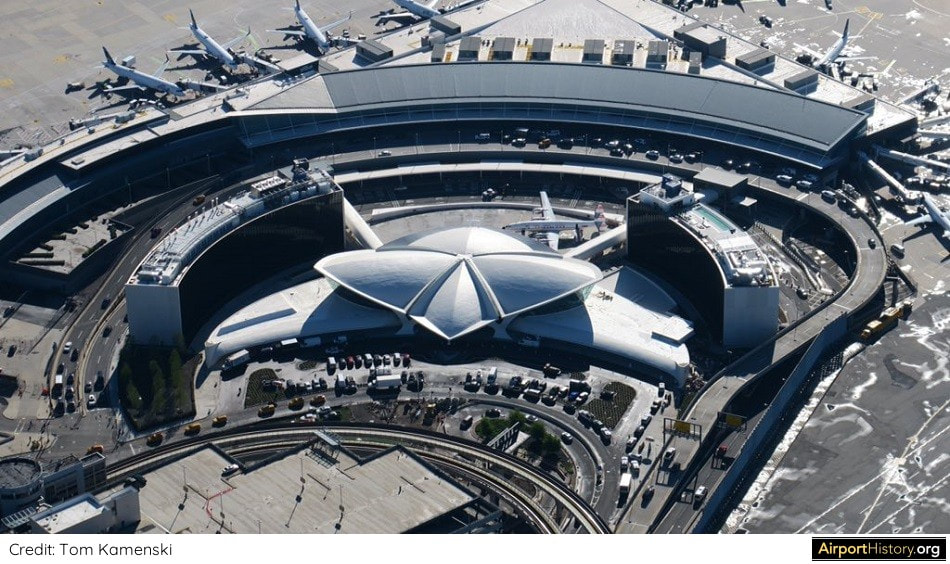
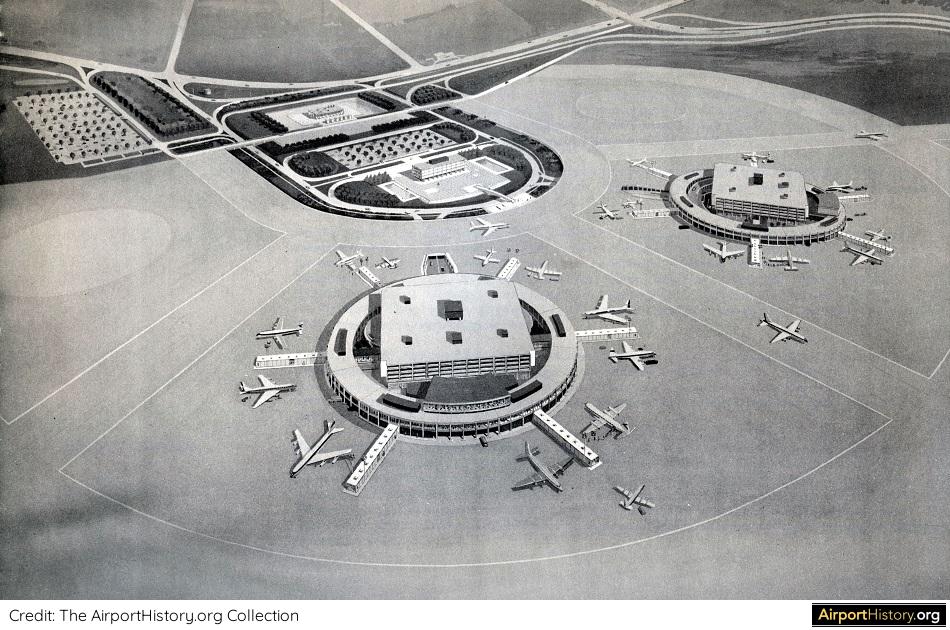
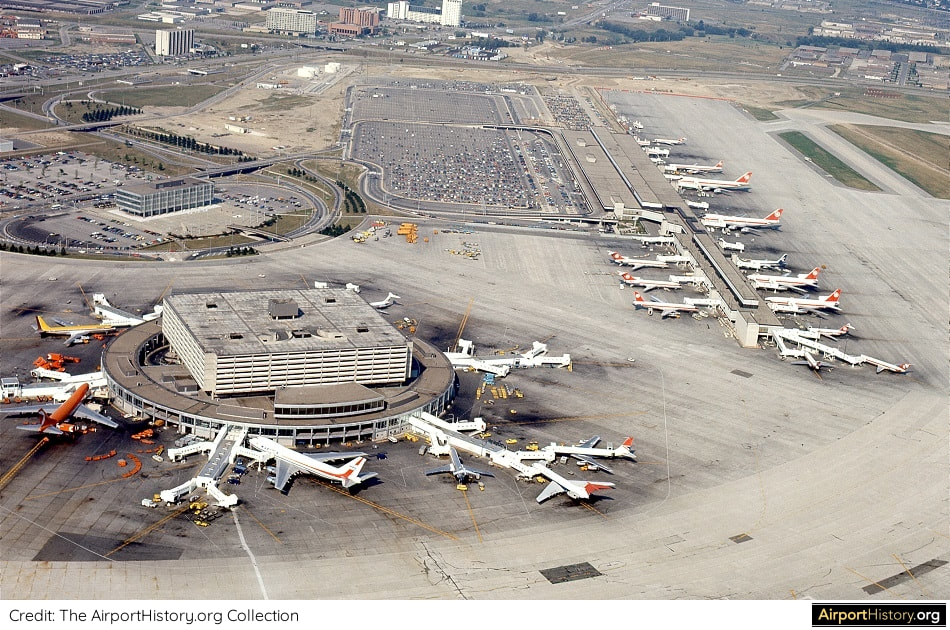
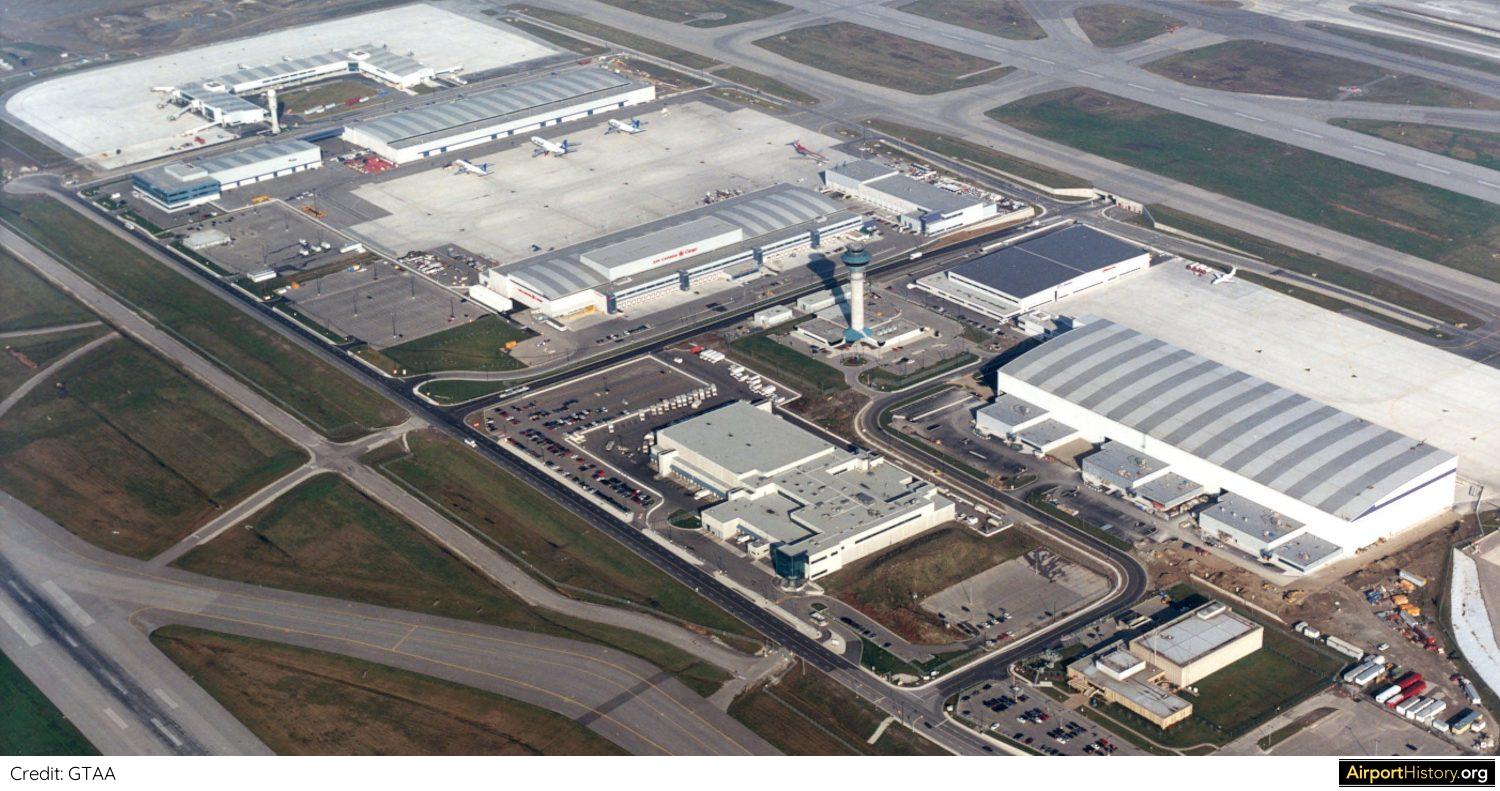

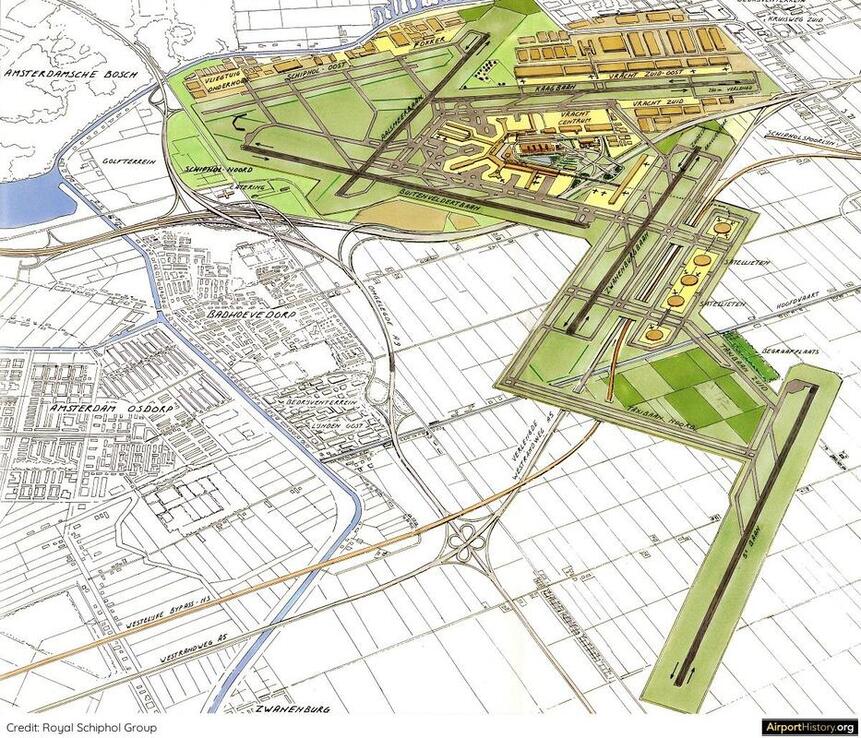
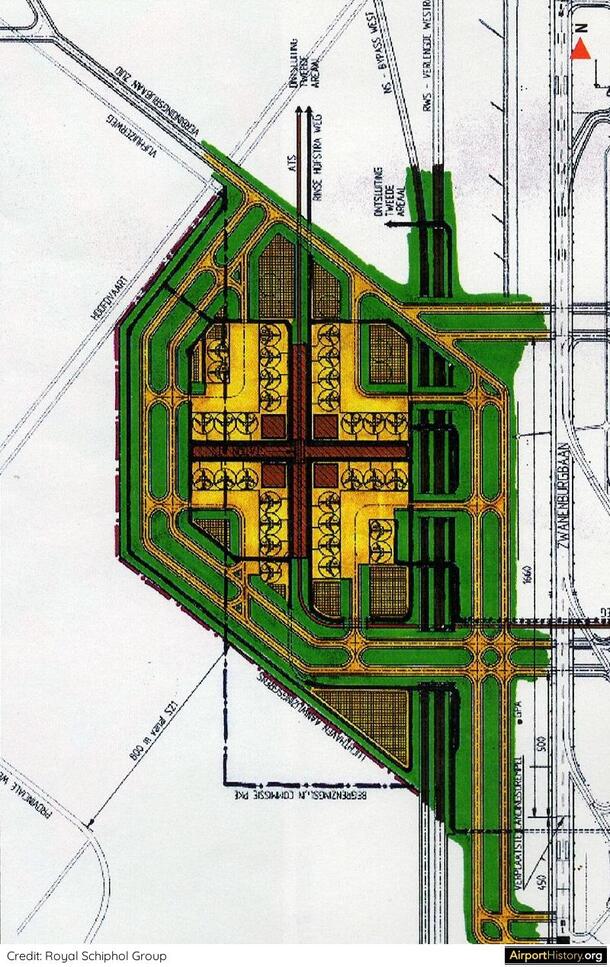
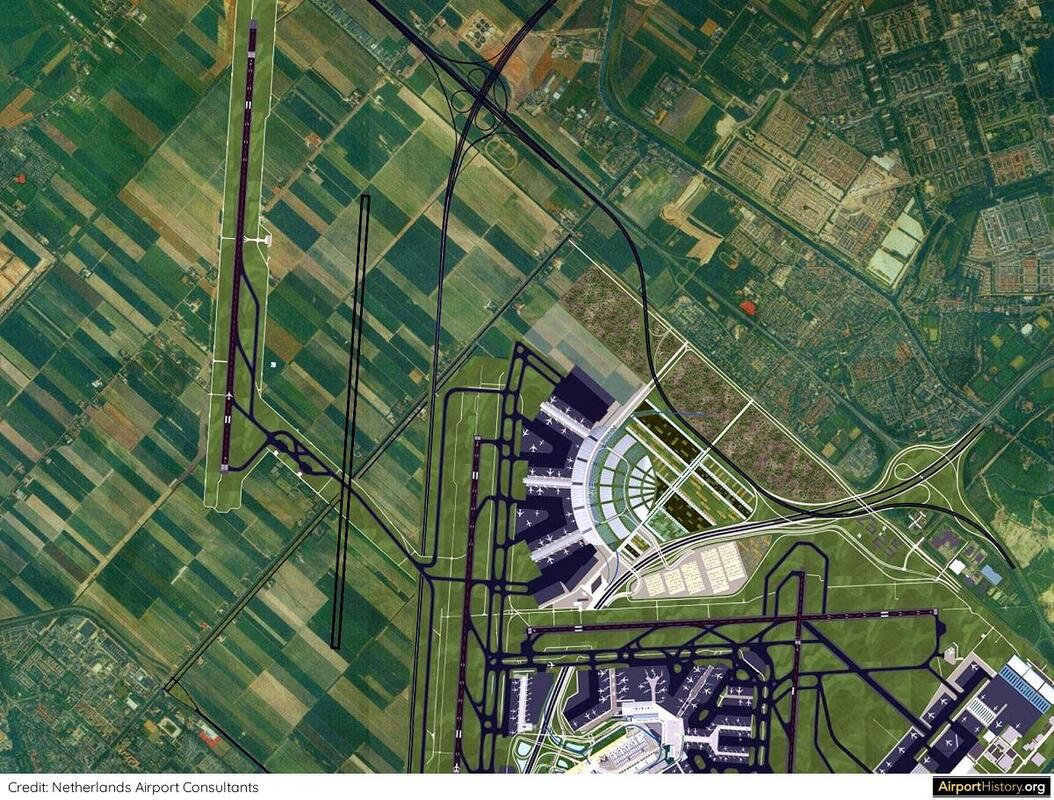
 RSS Feed
RSS Feed